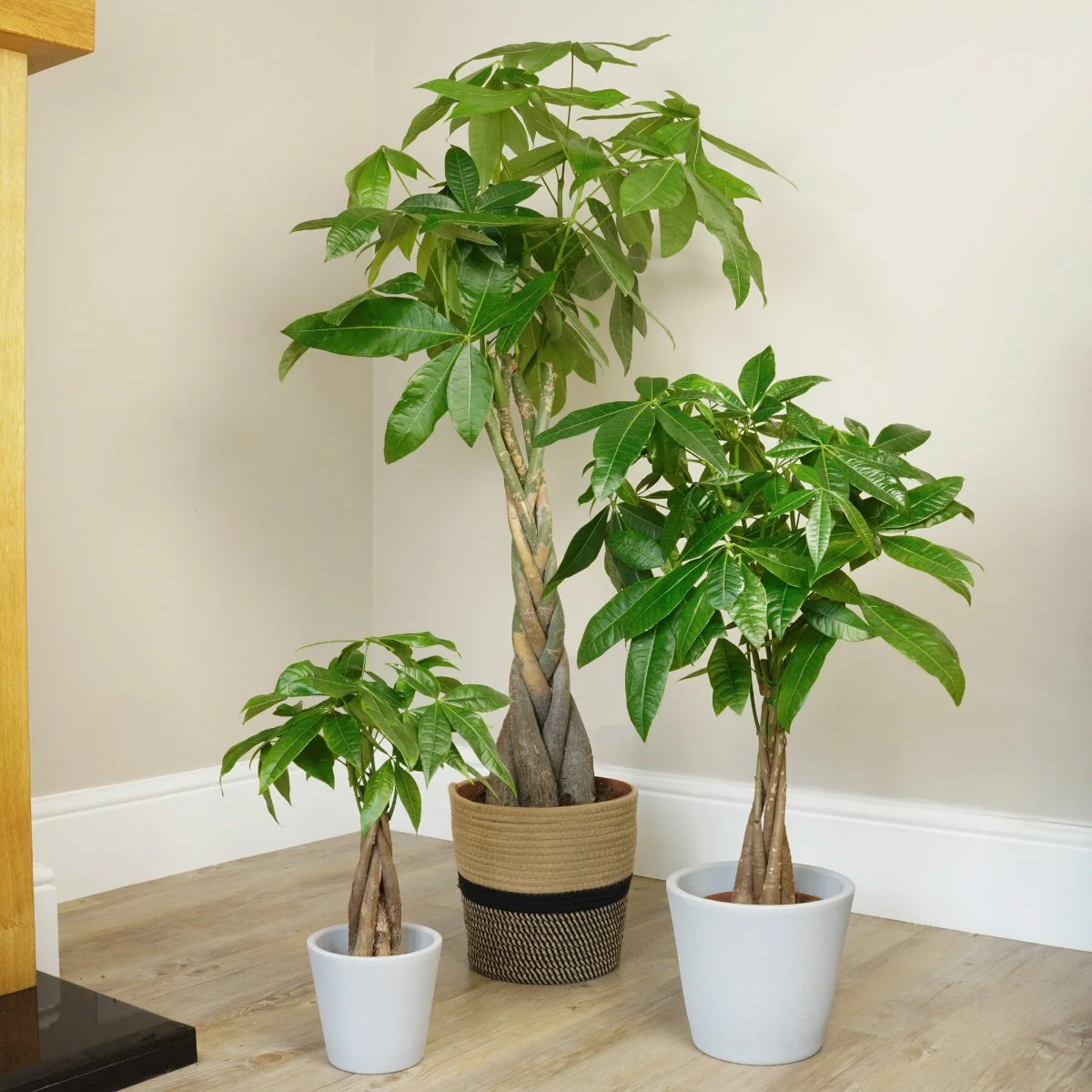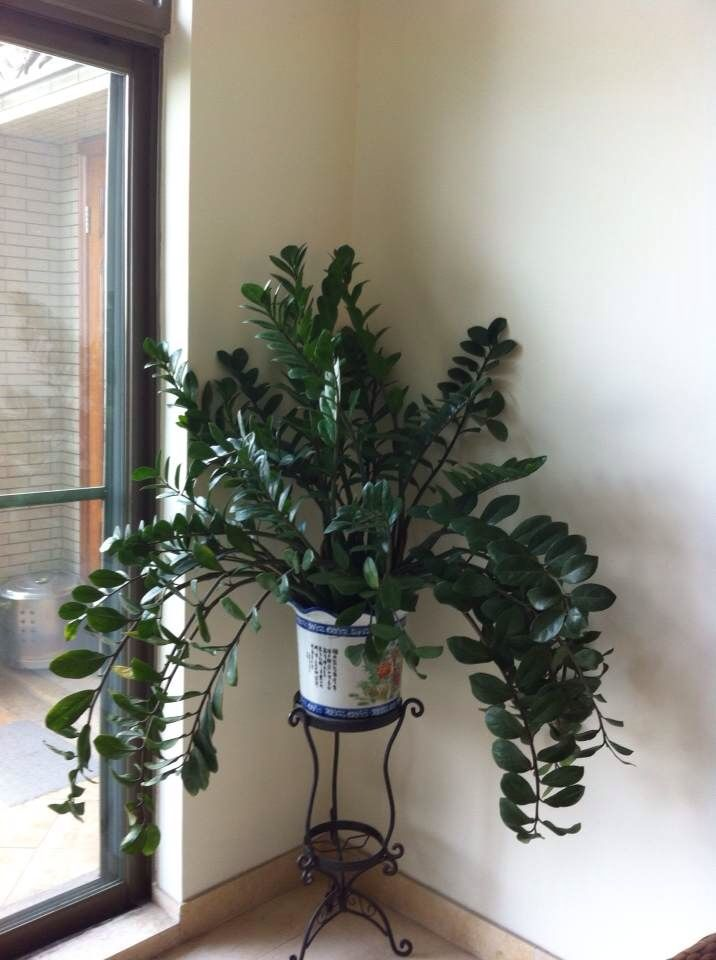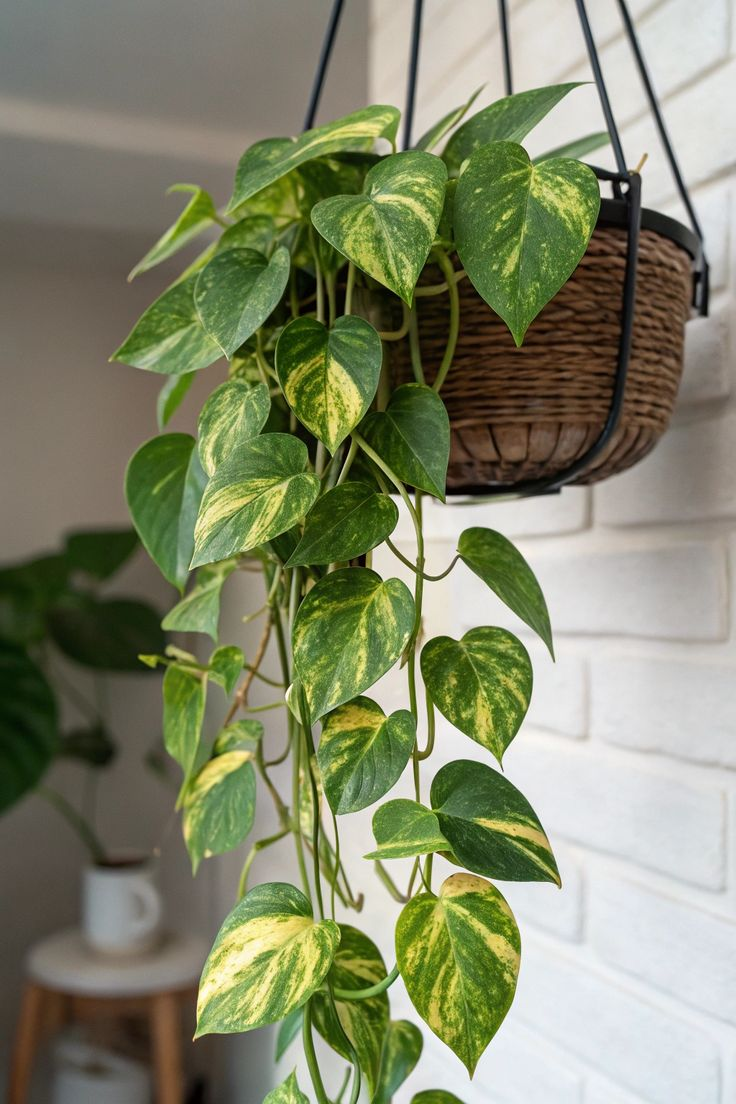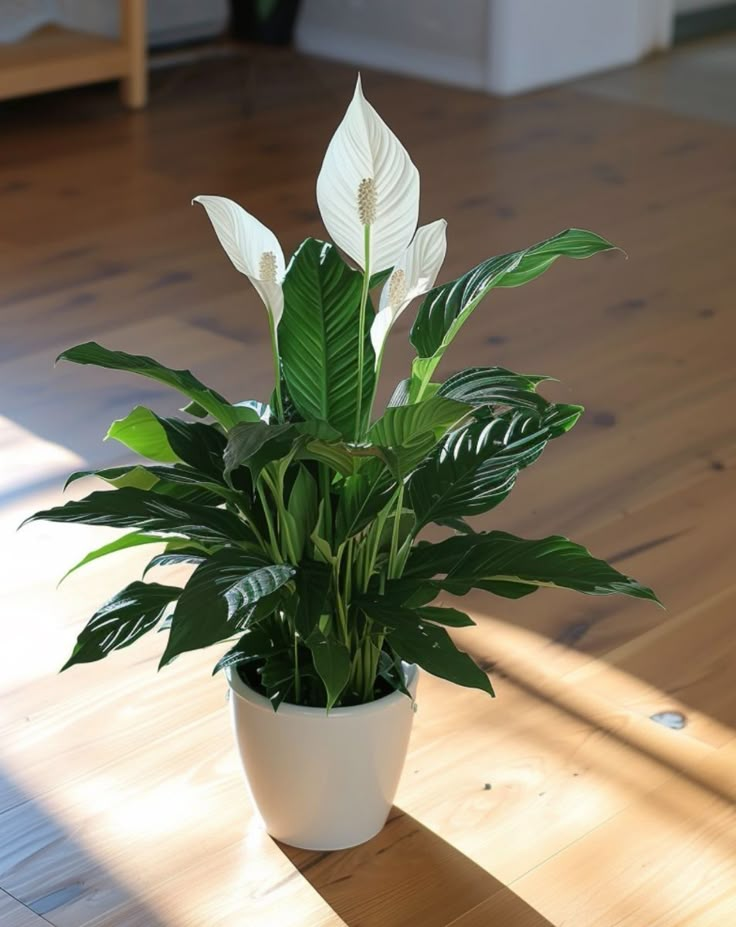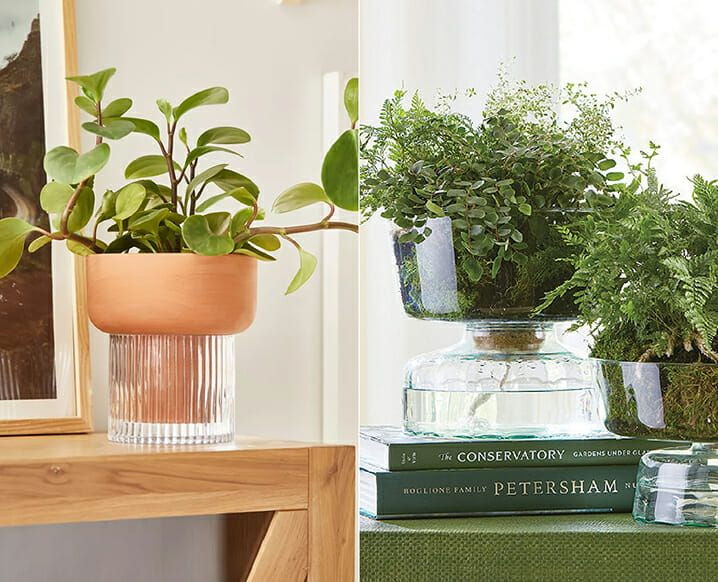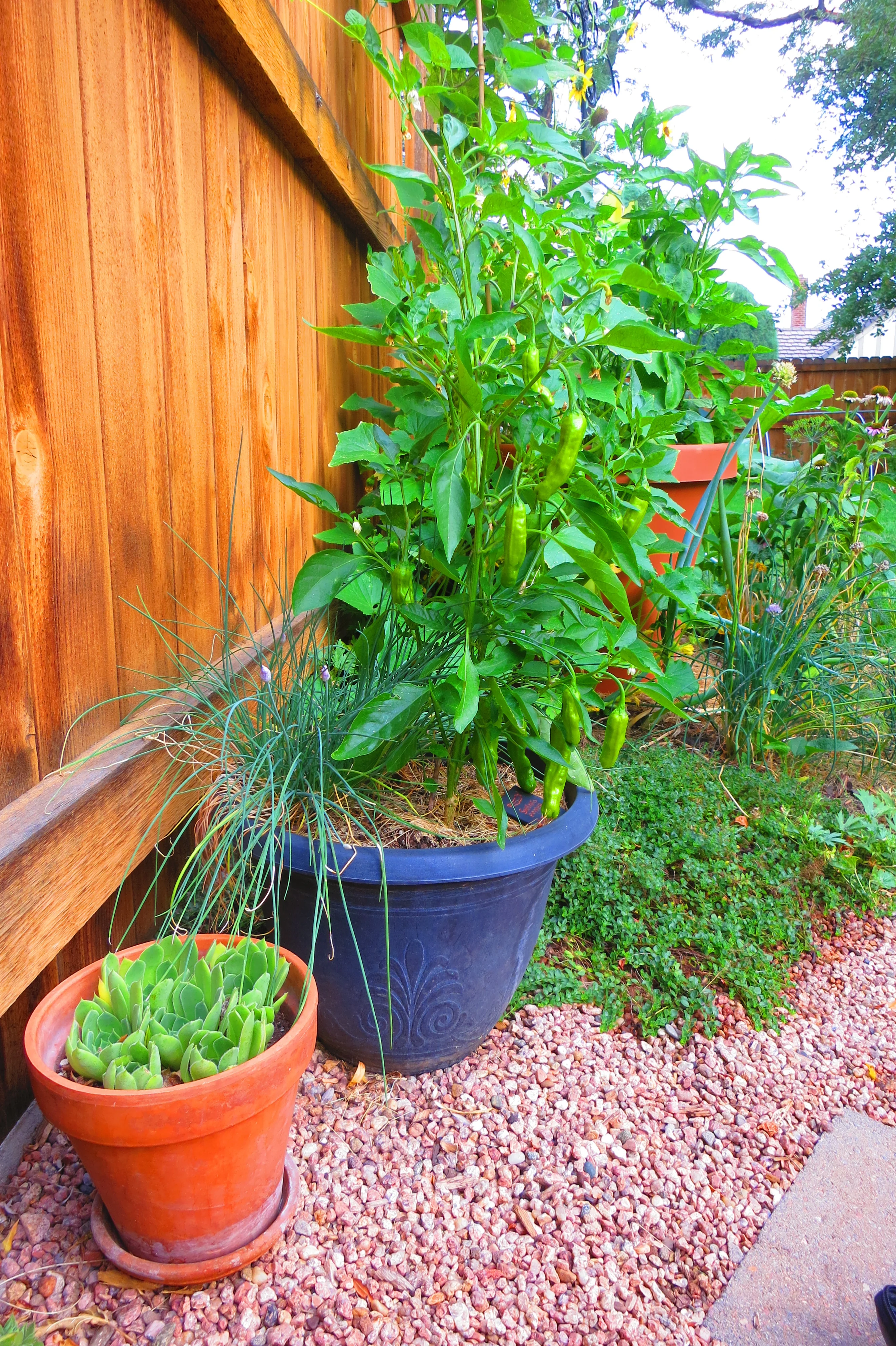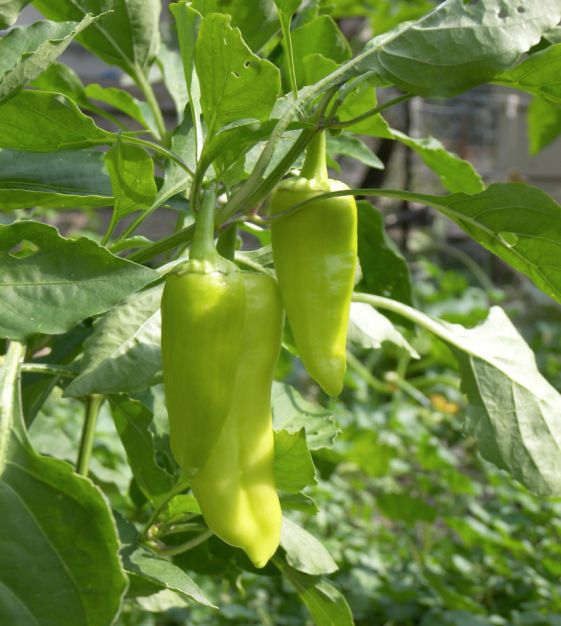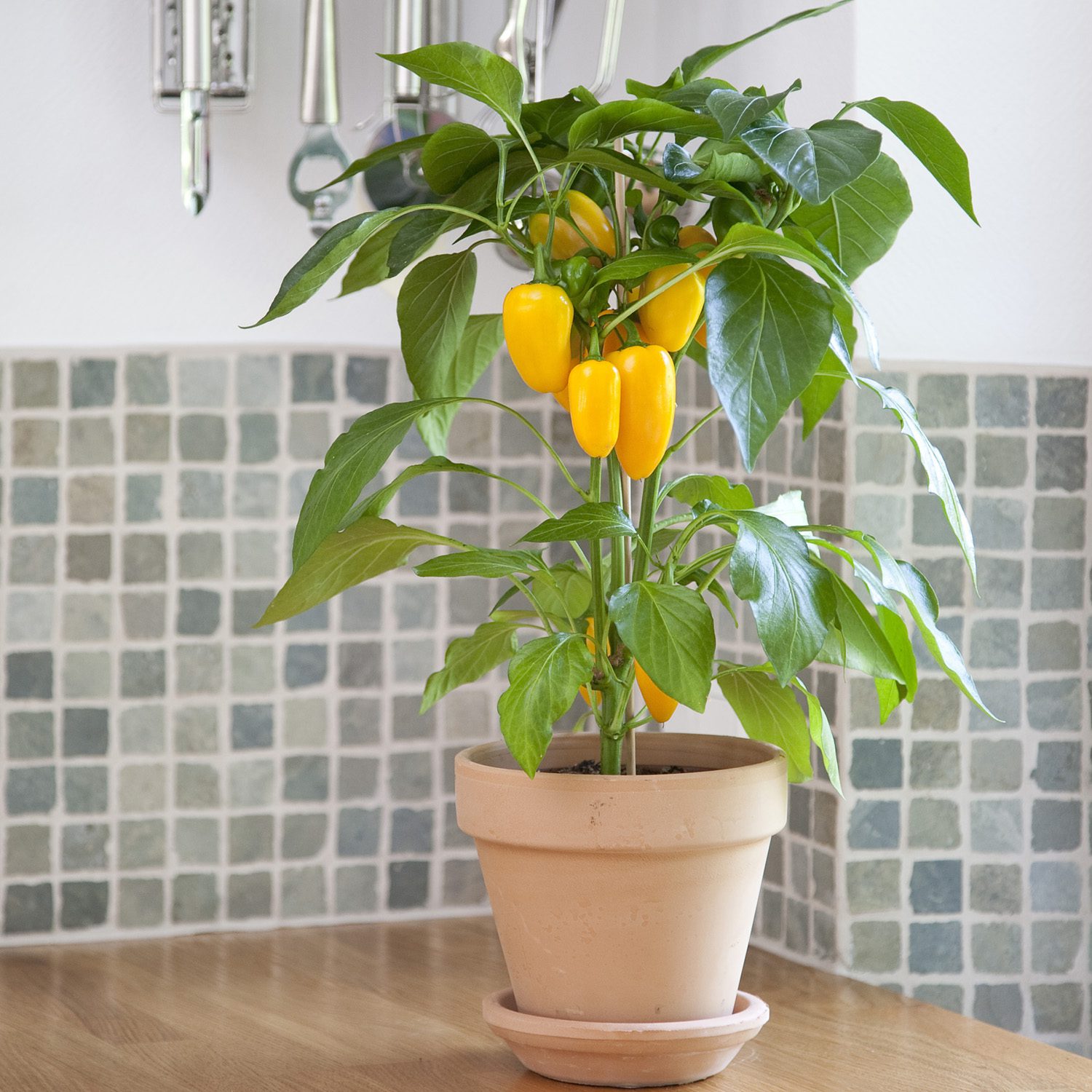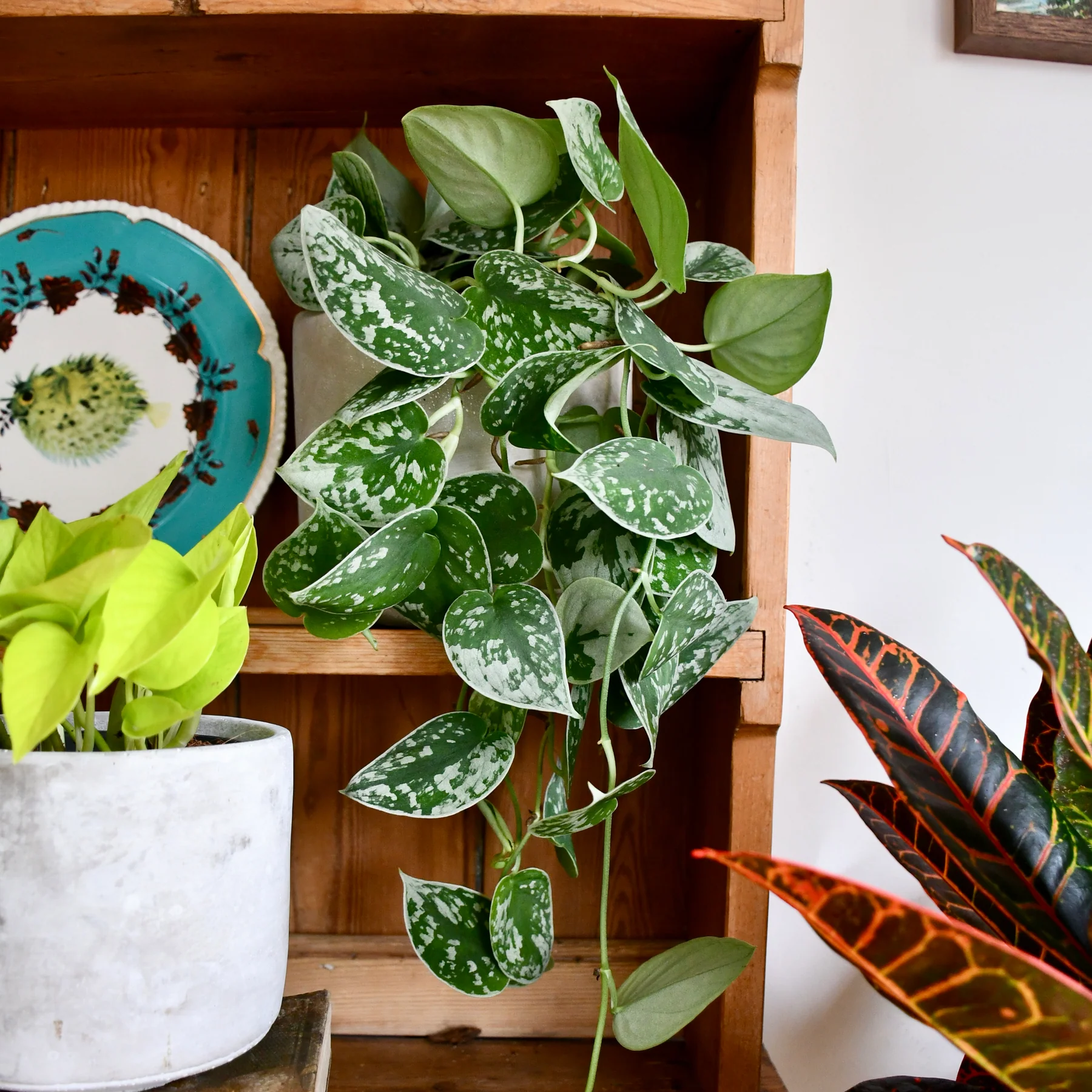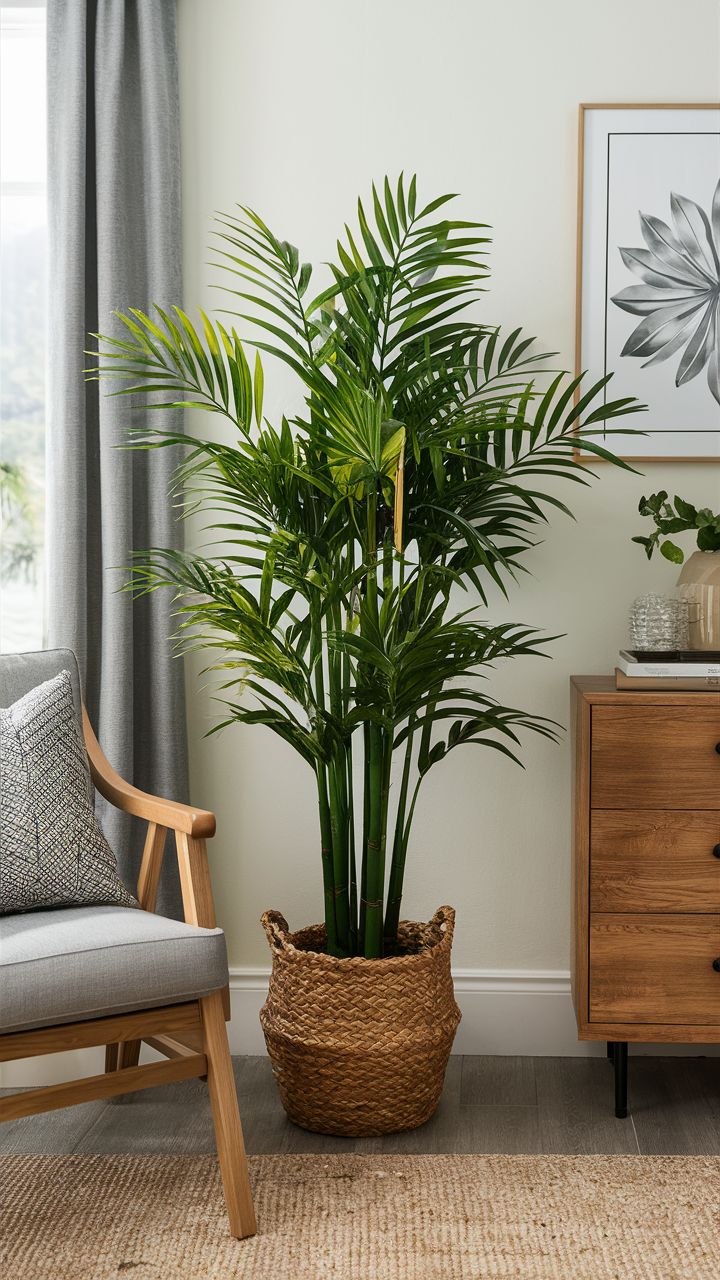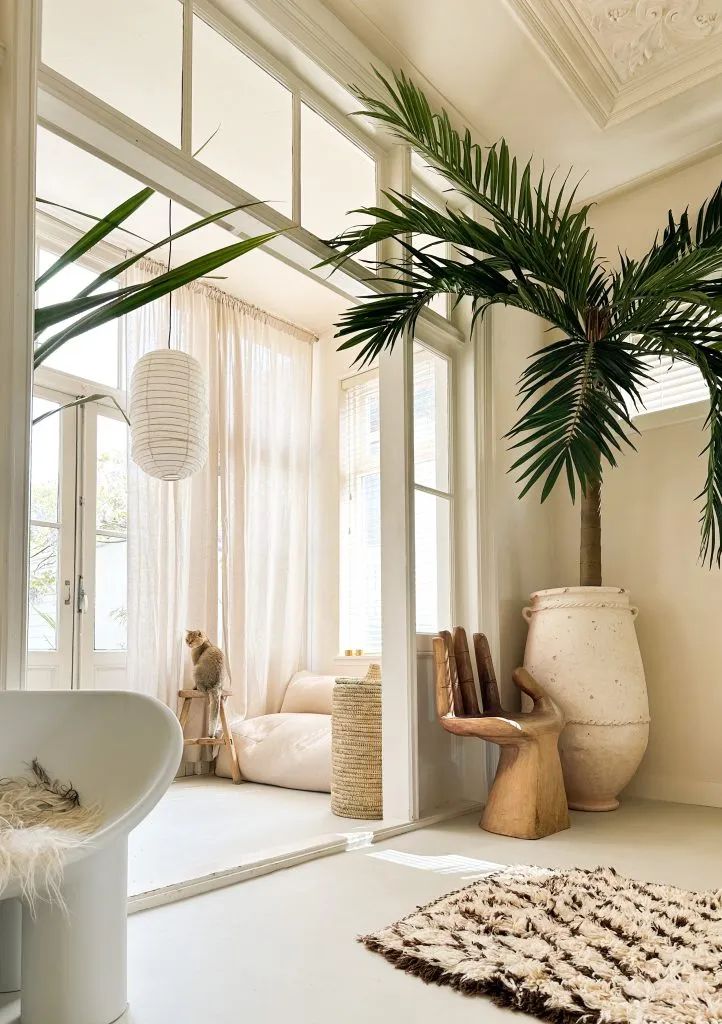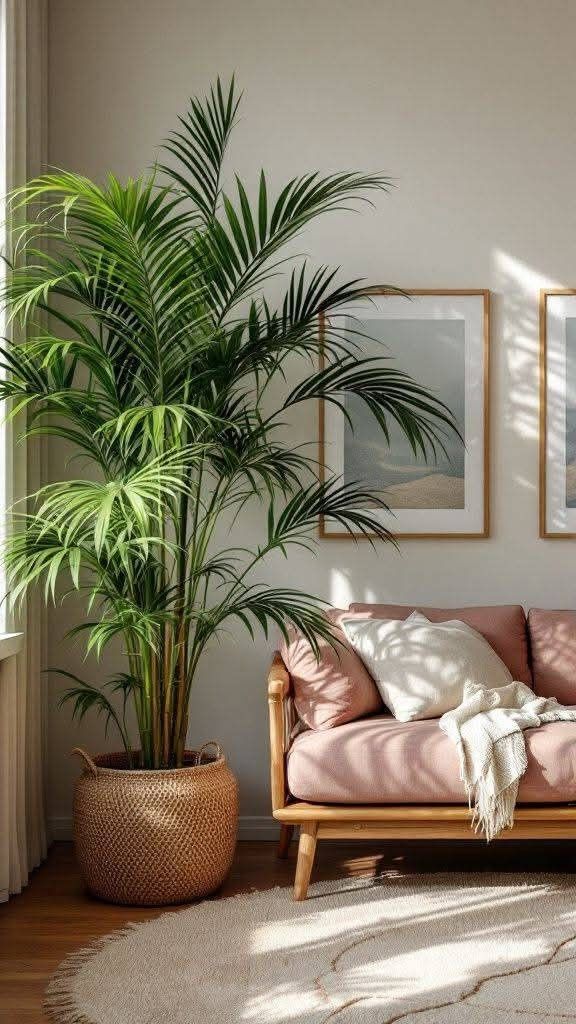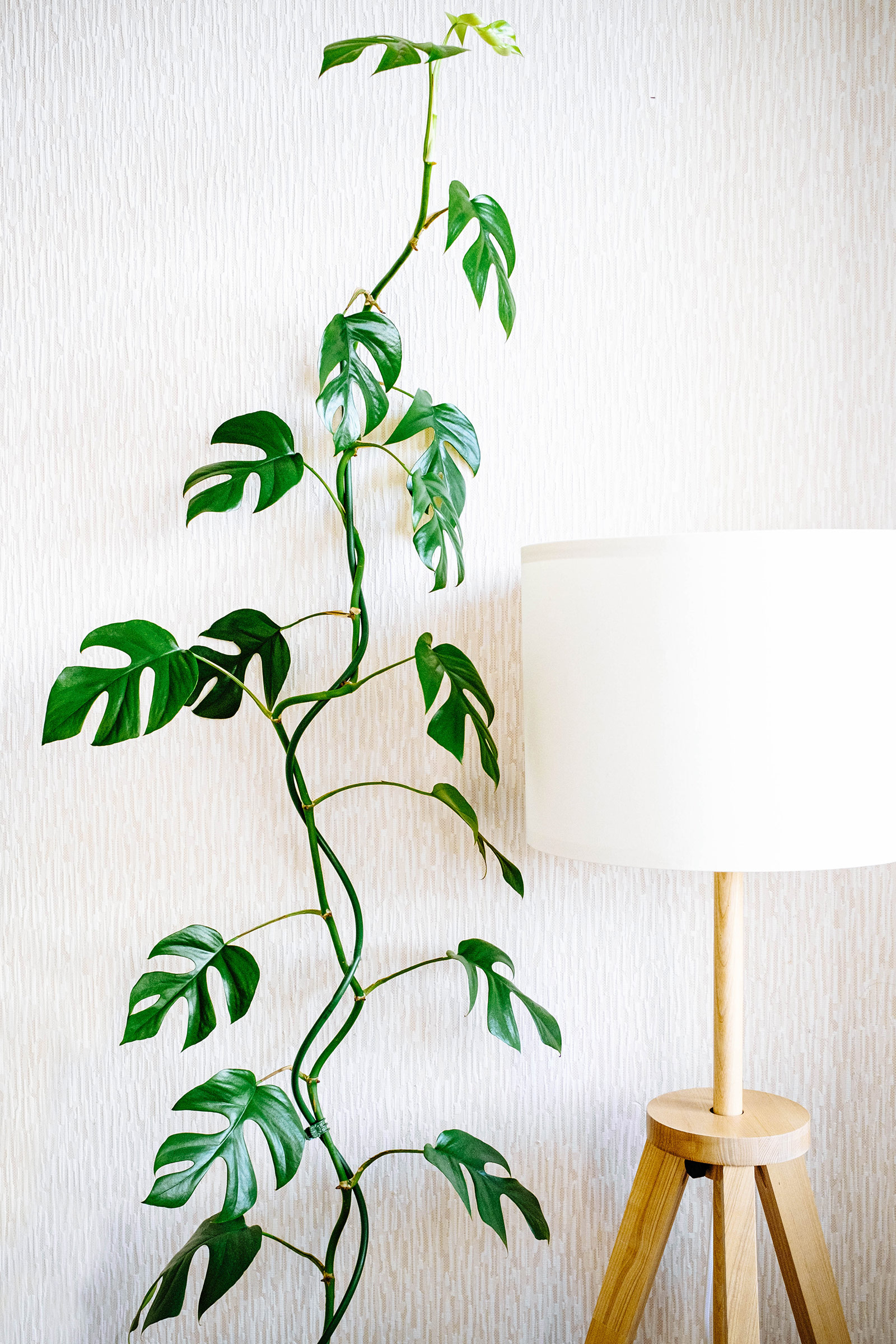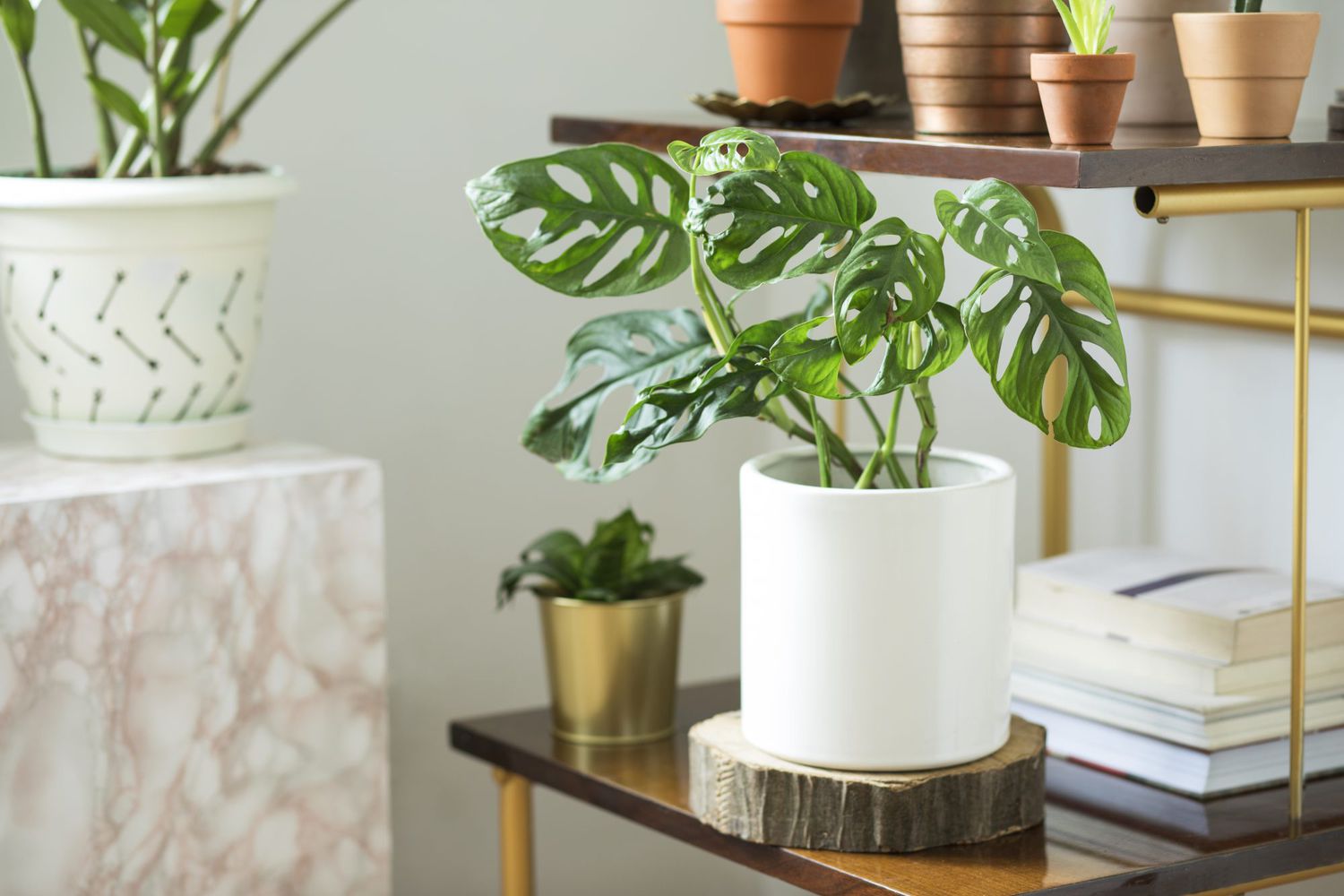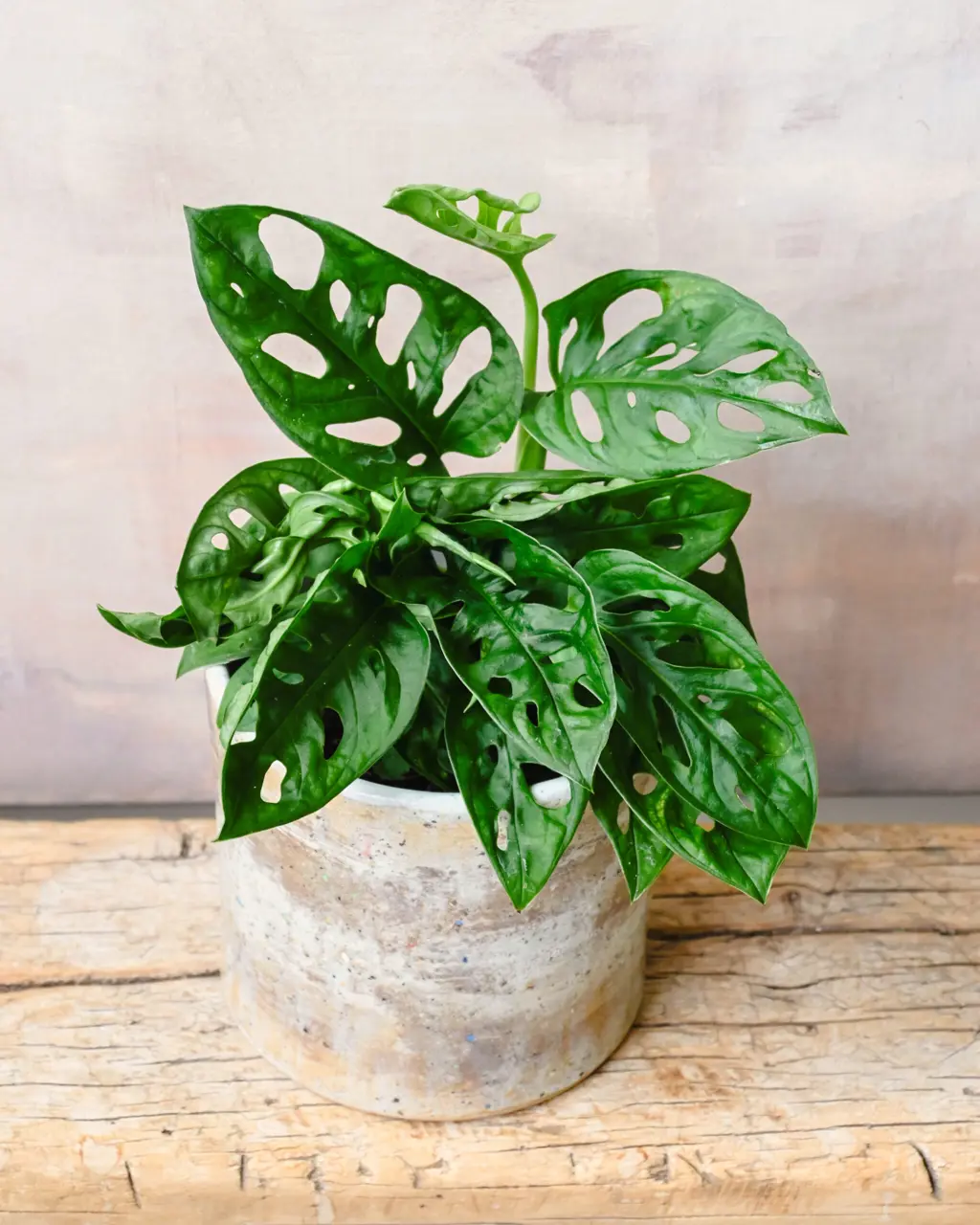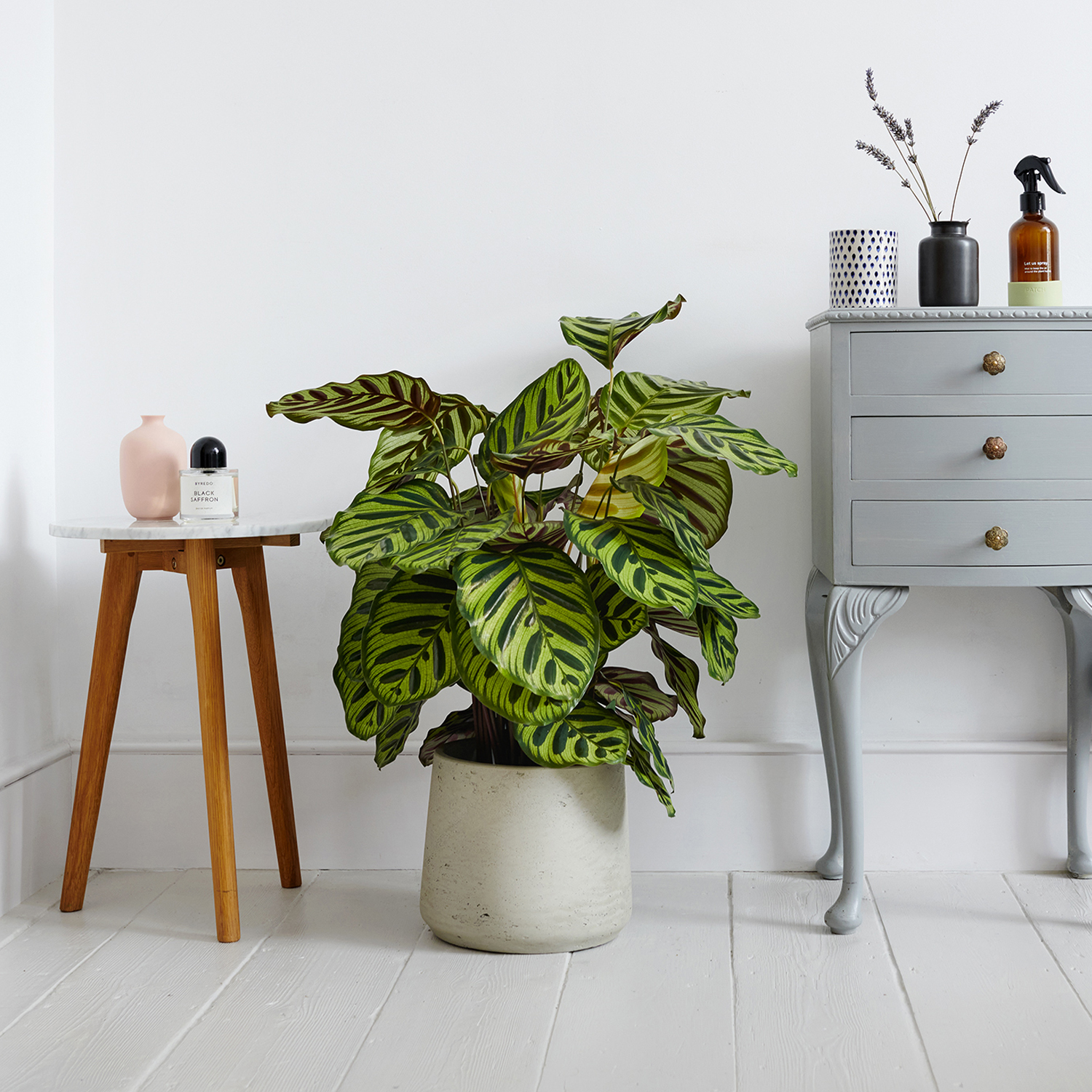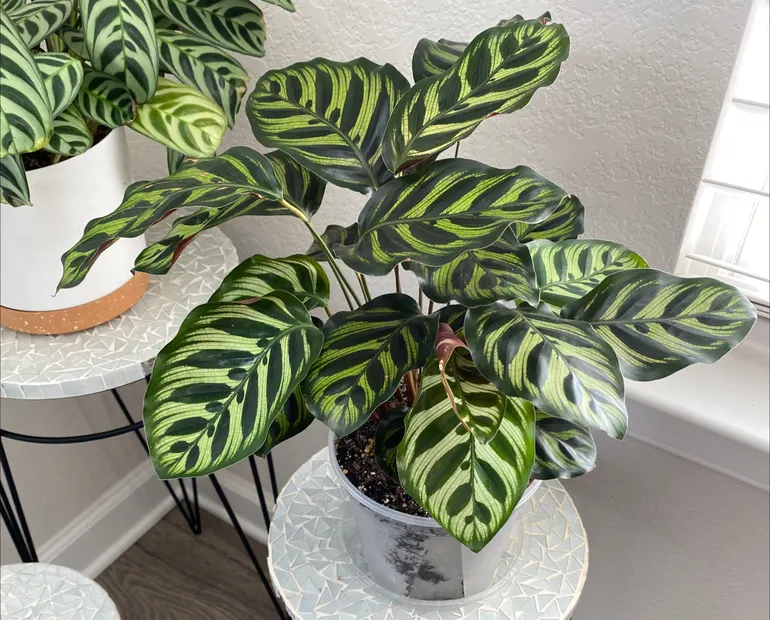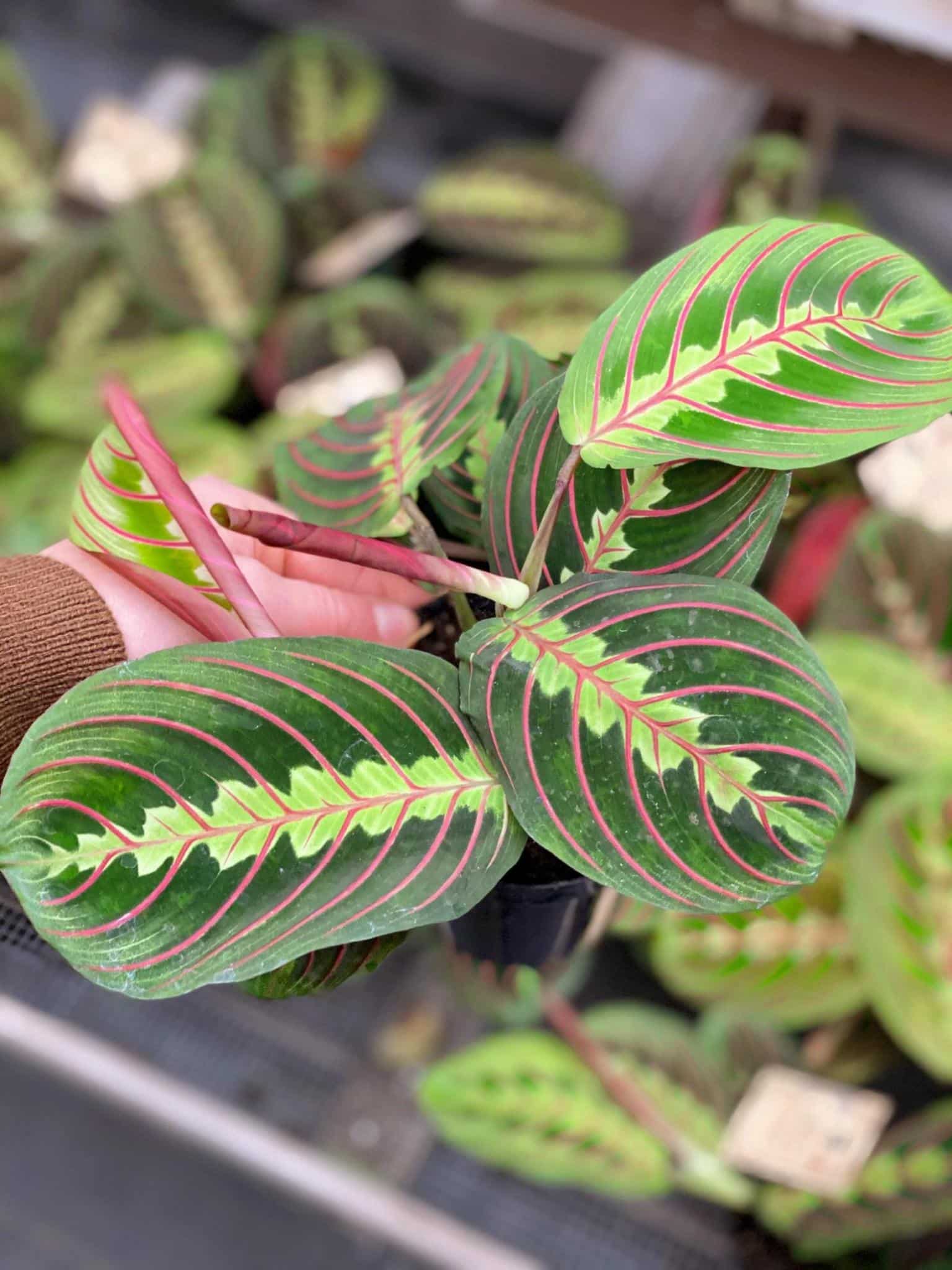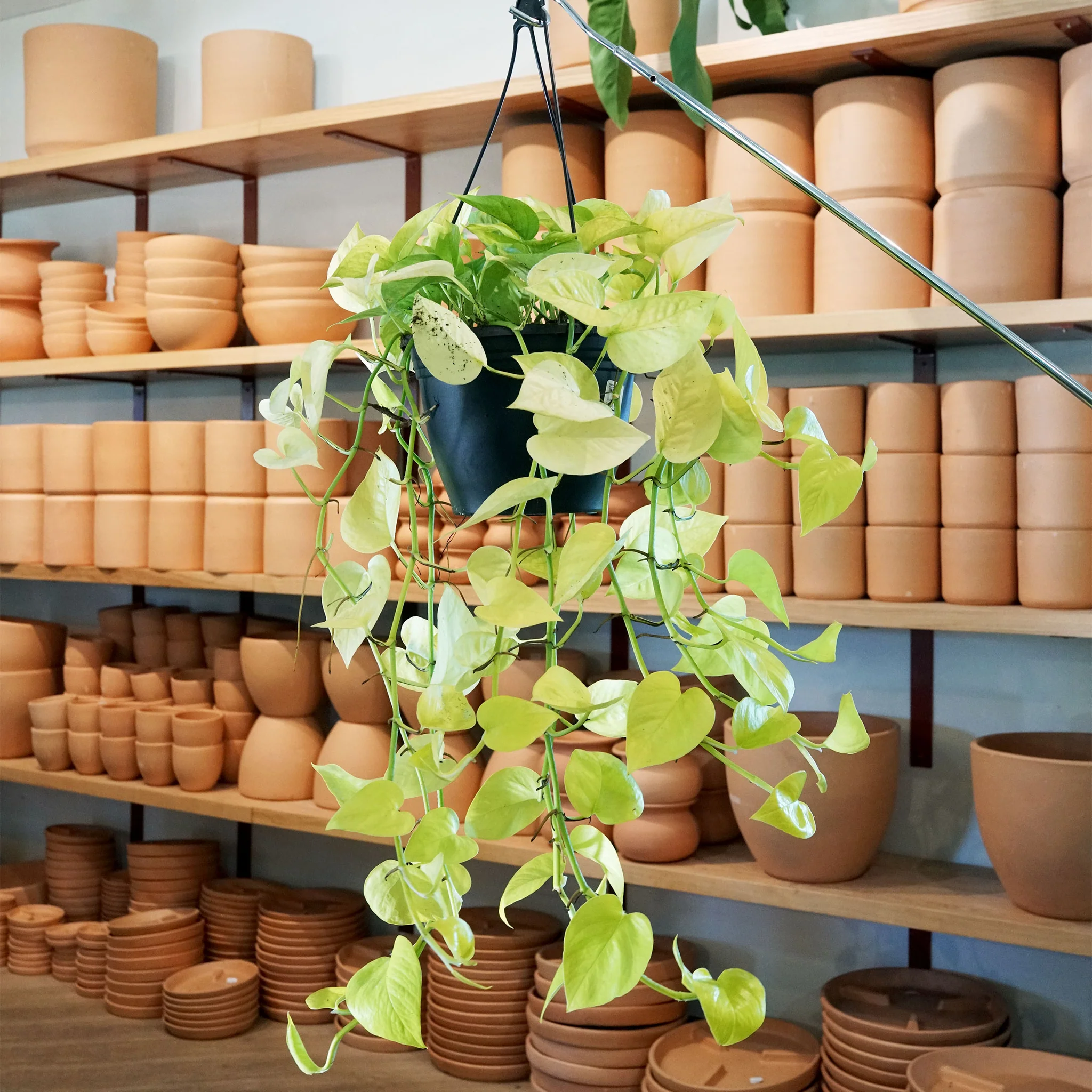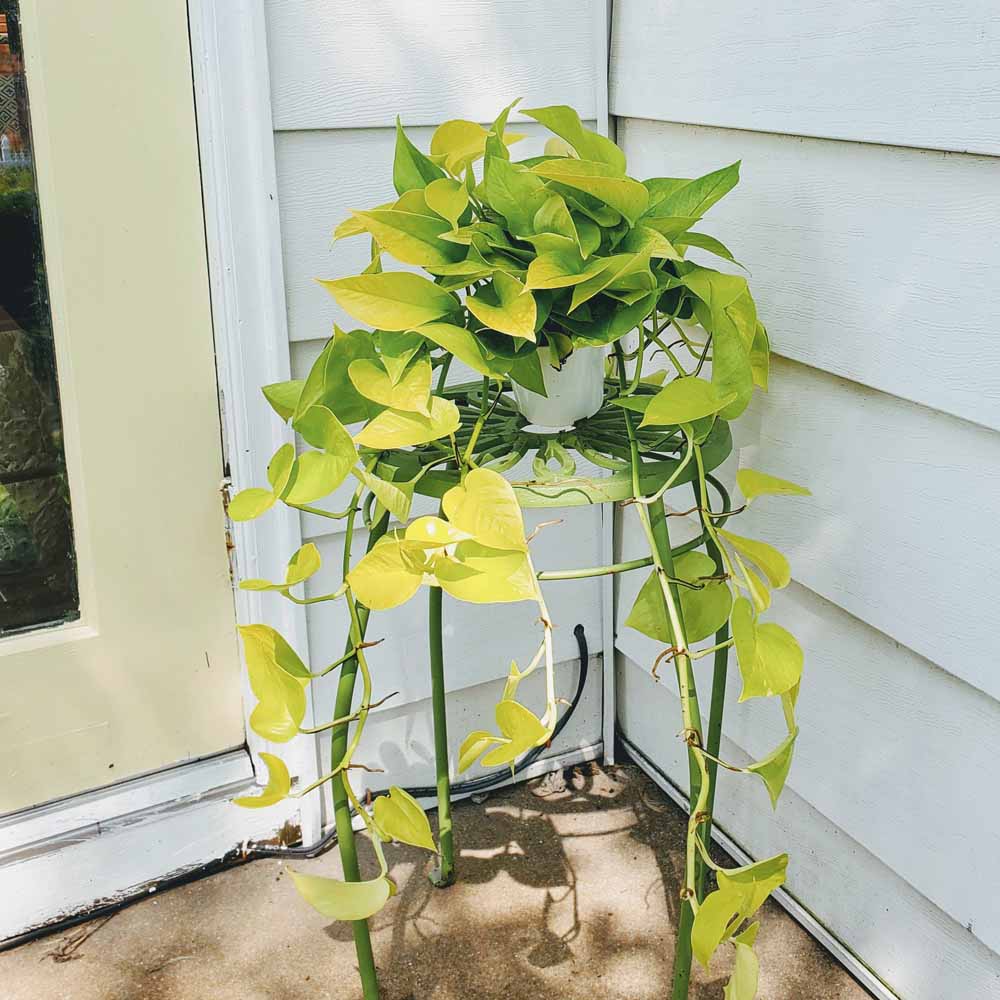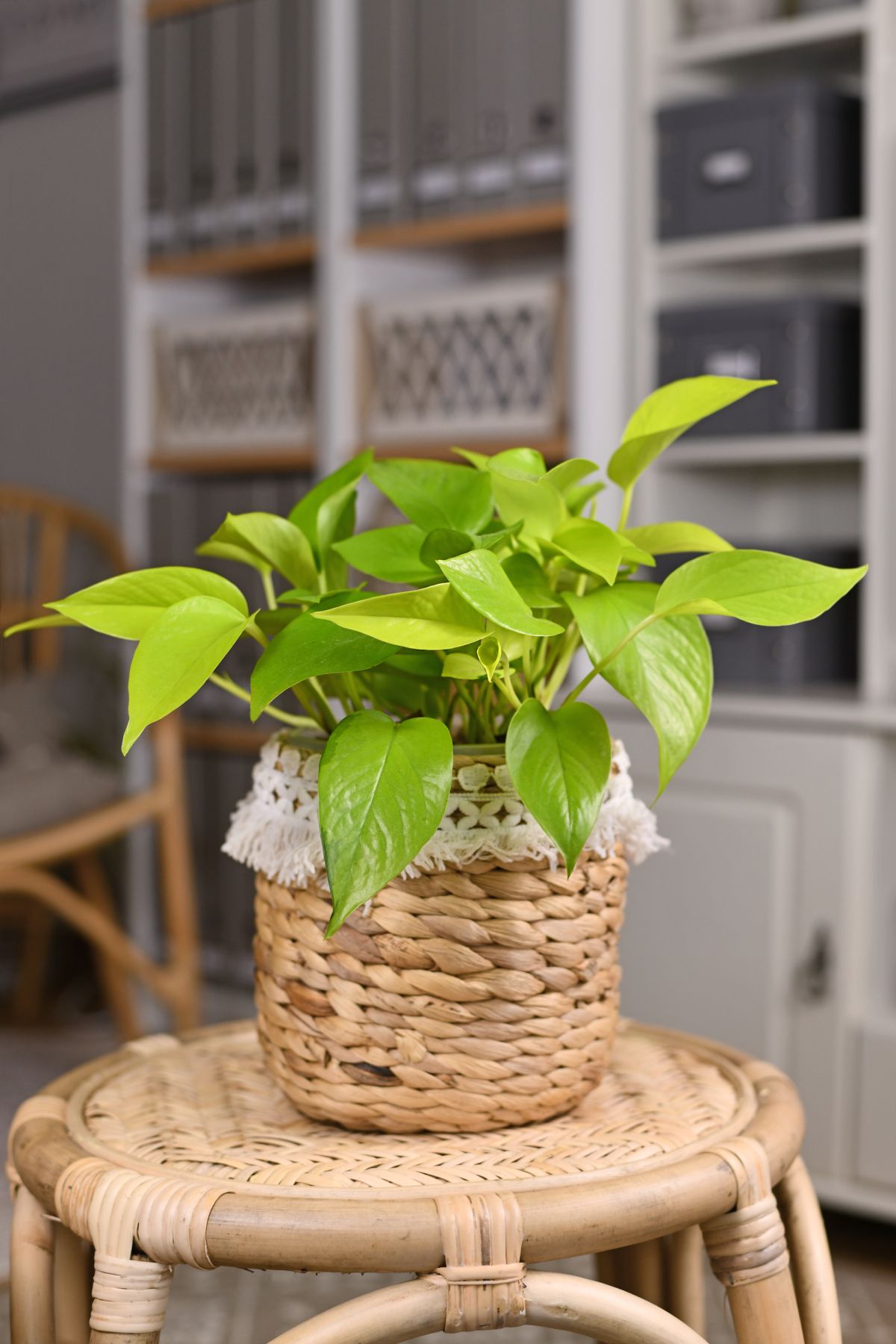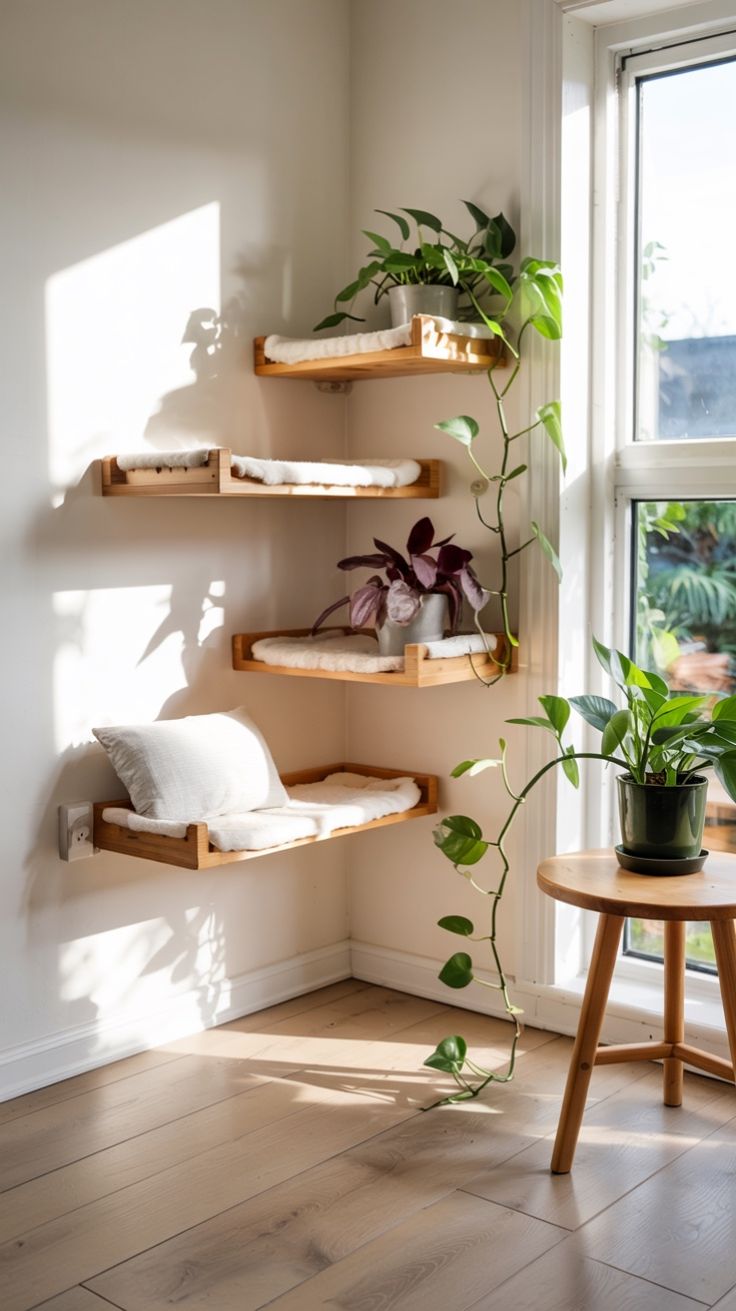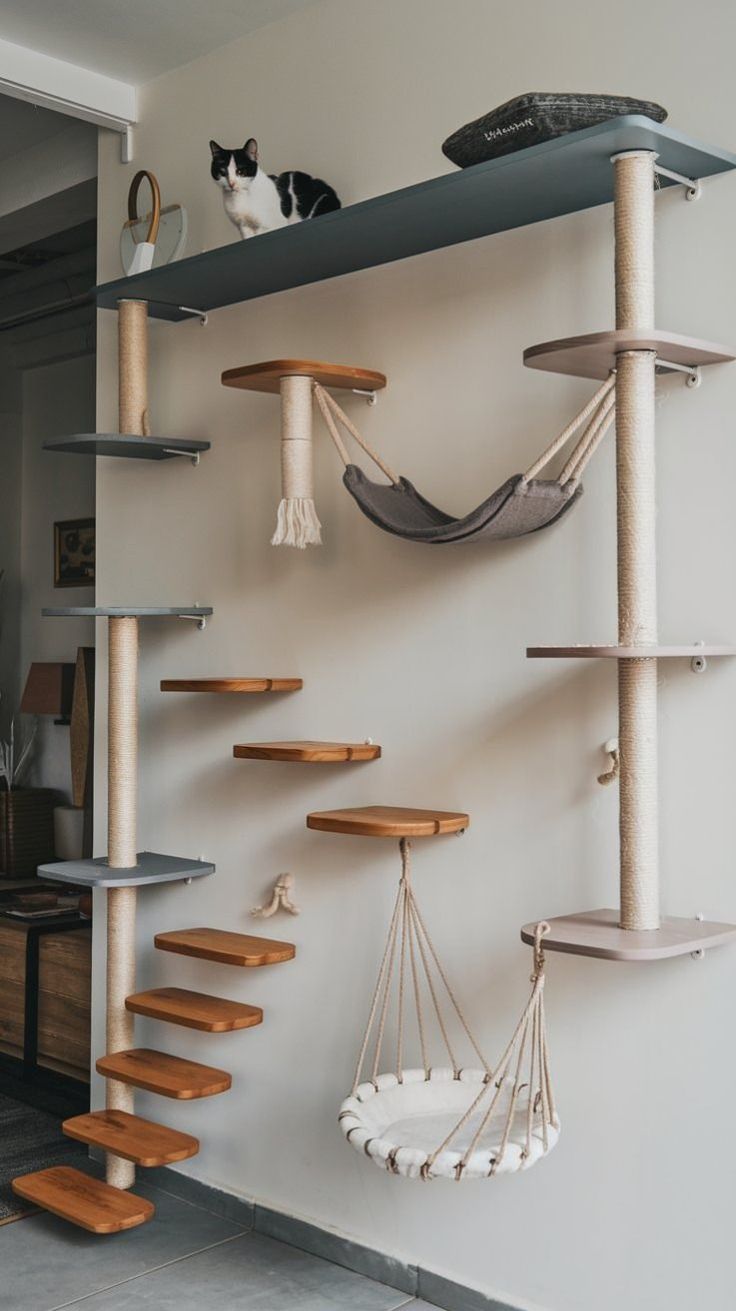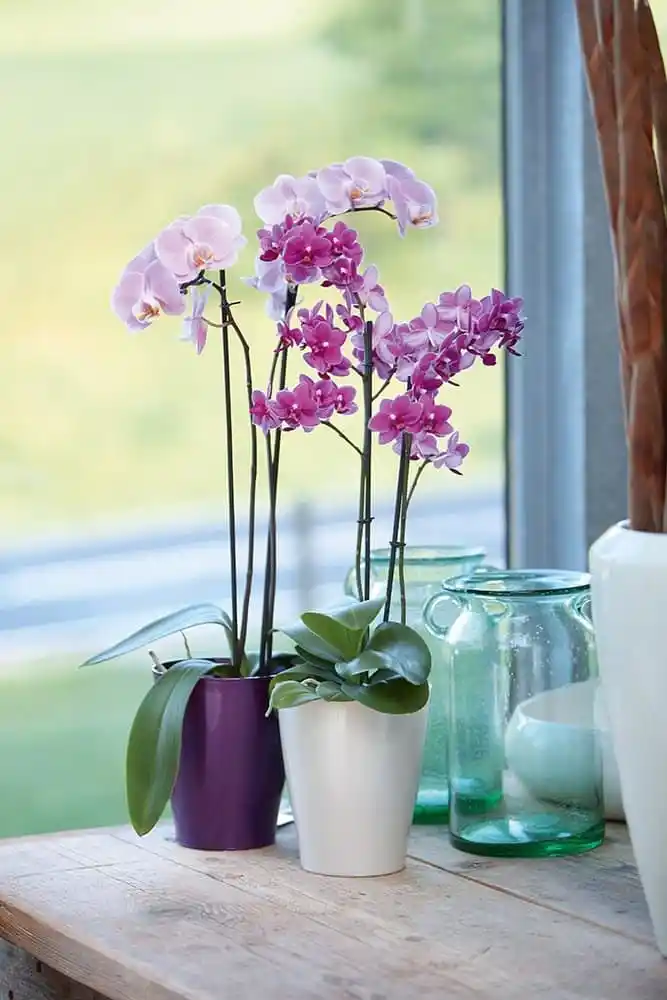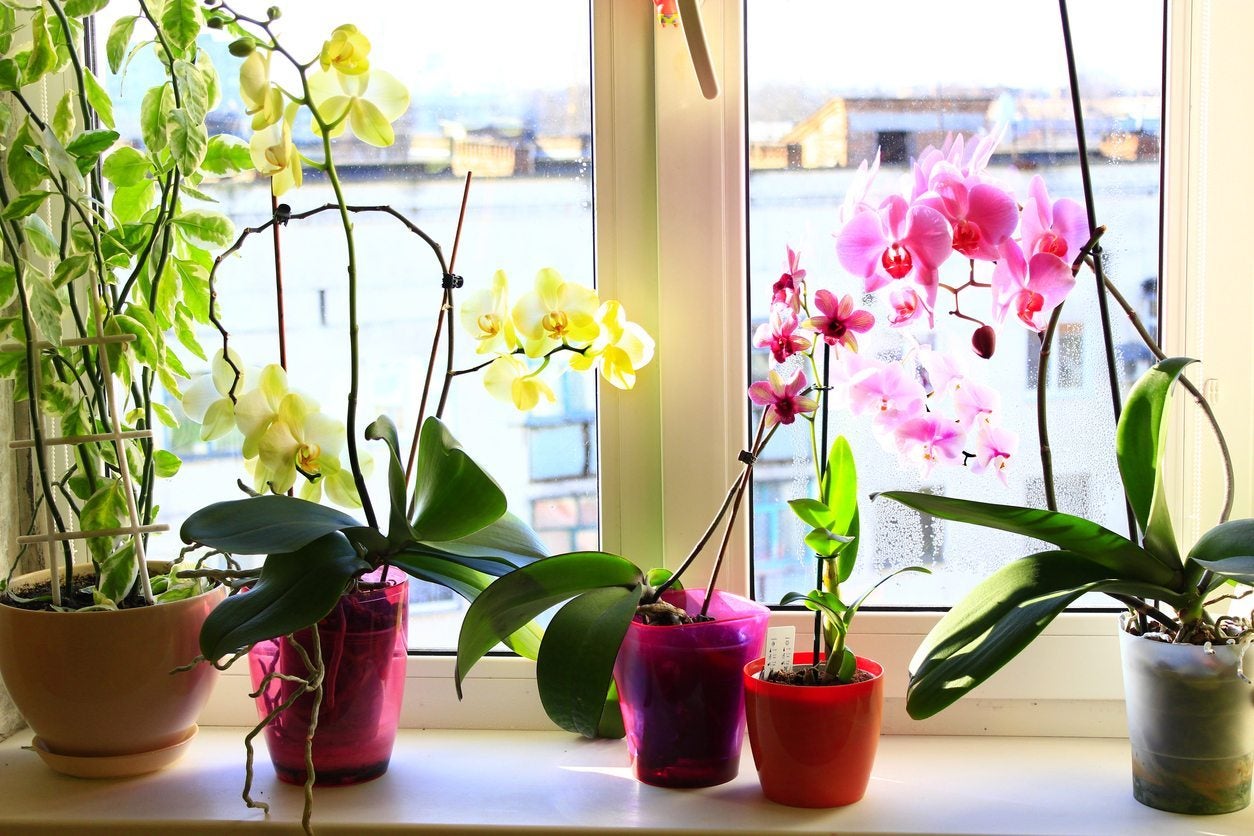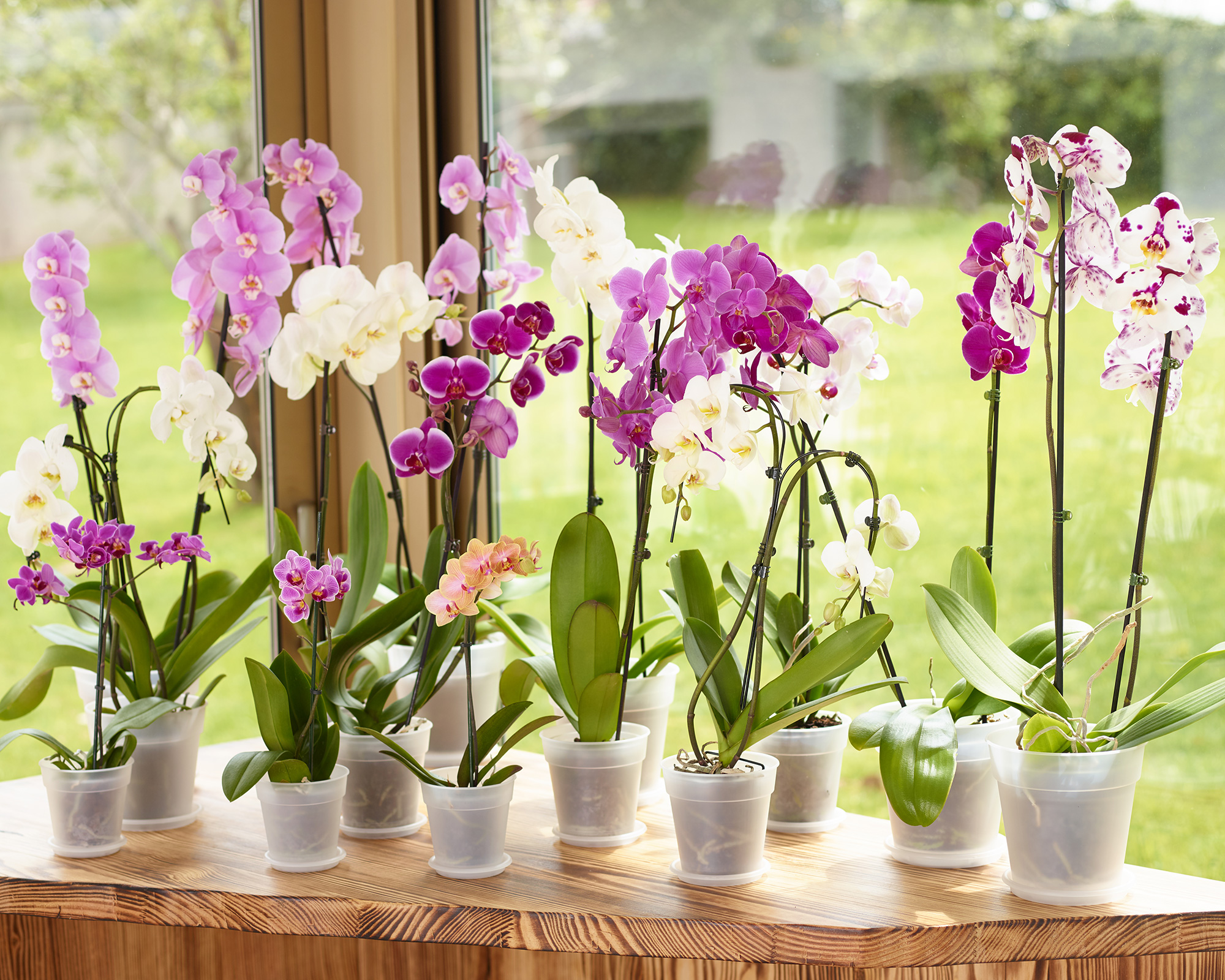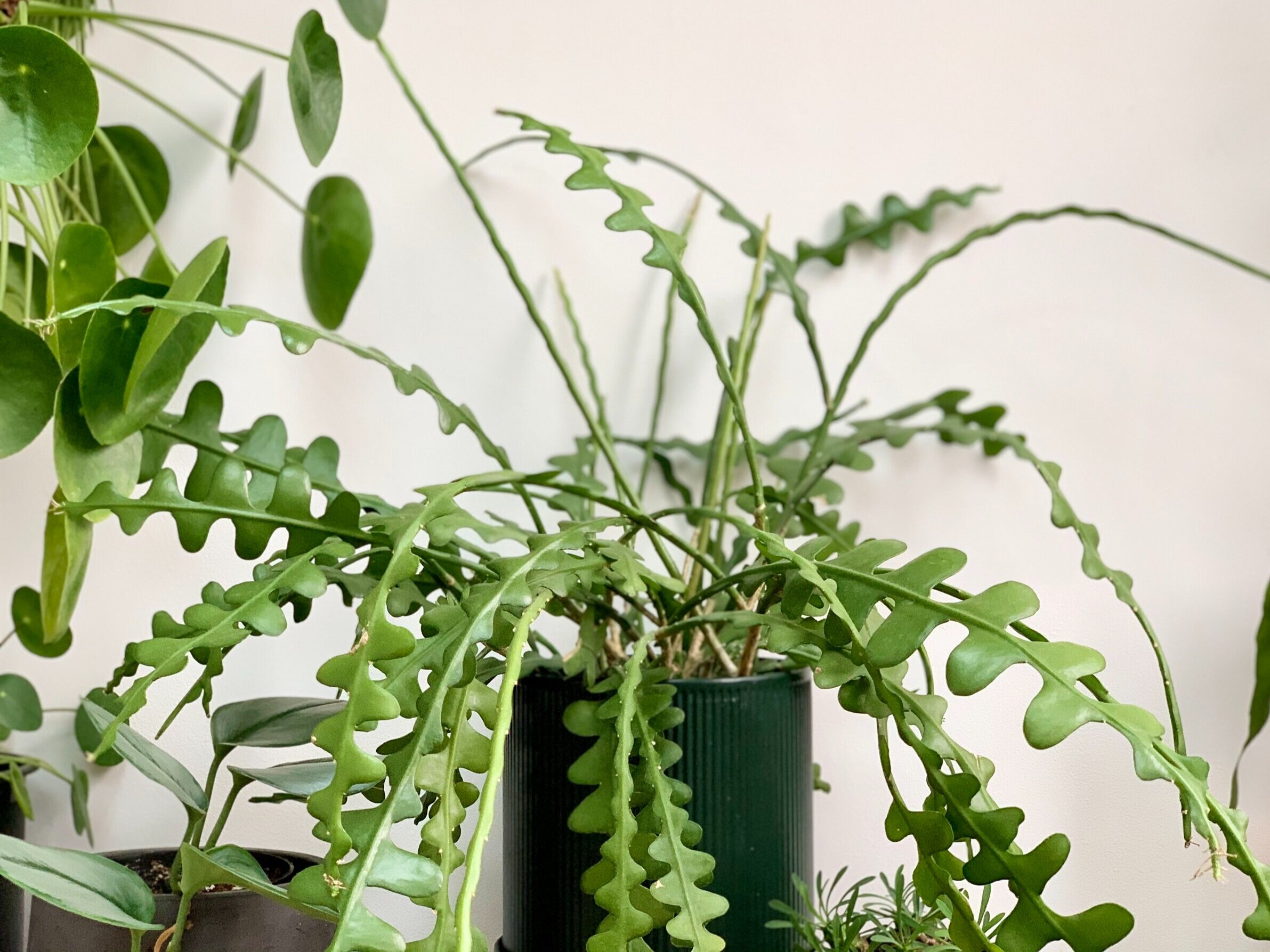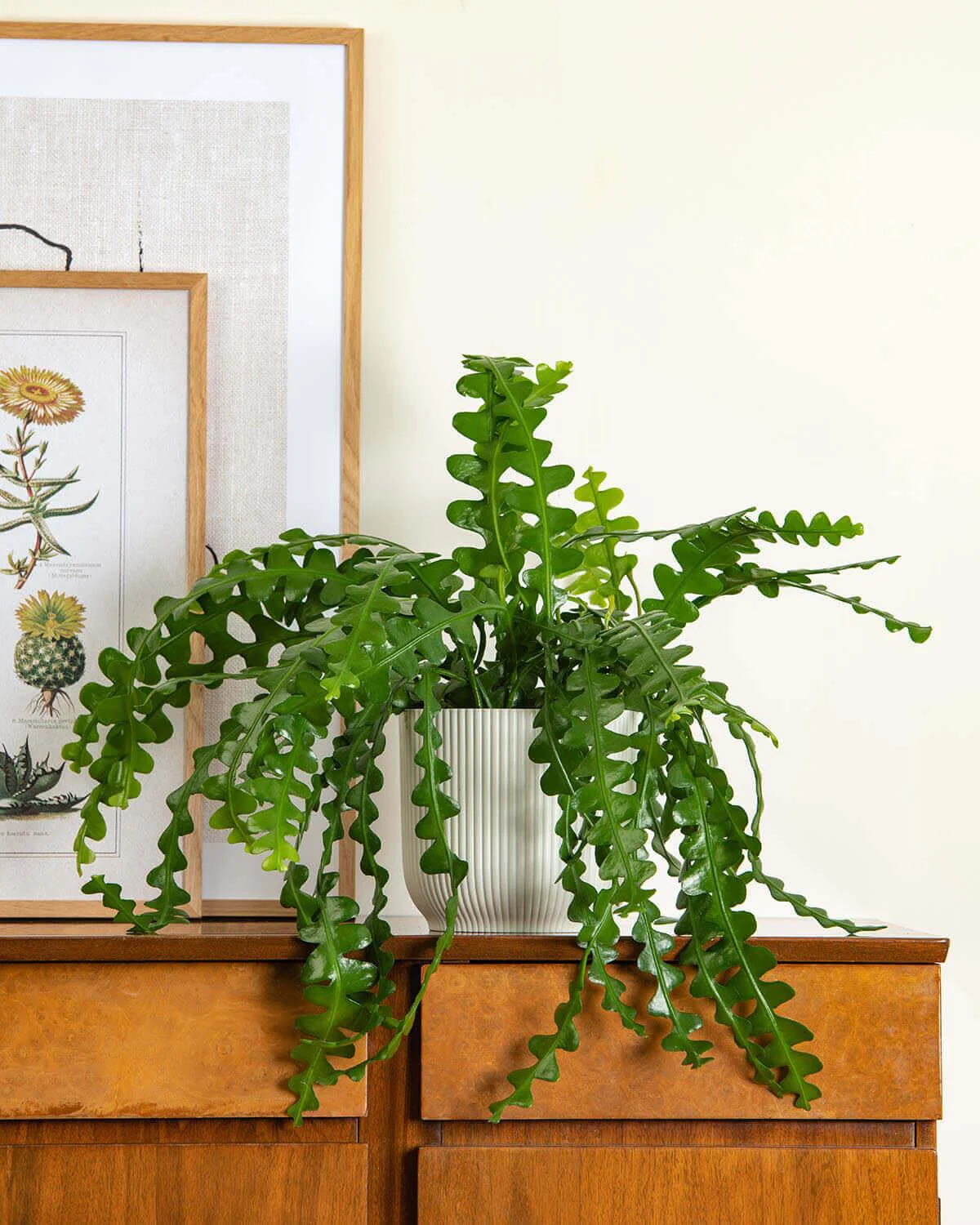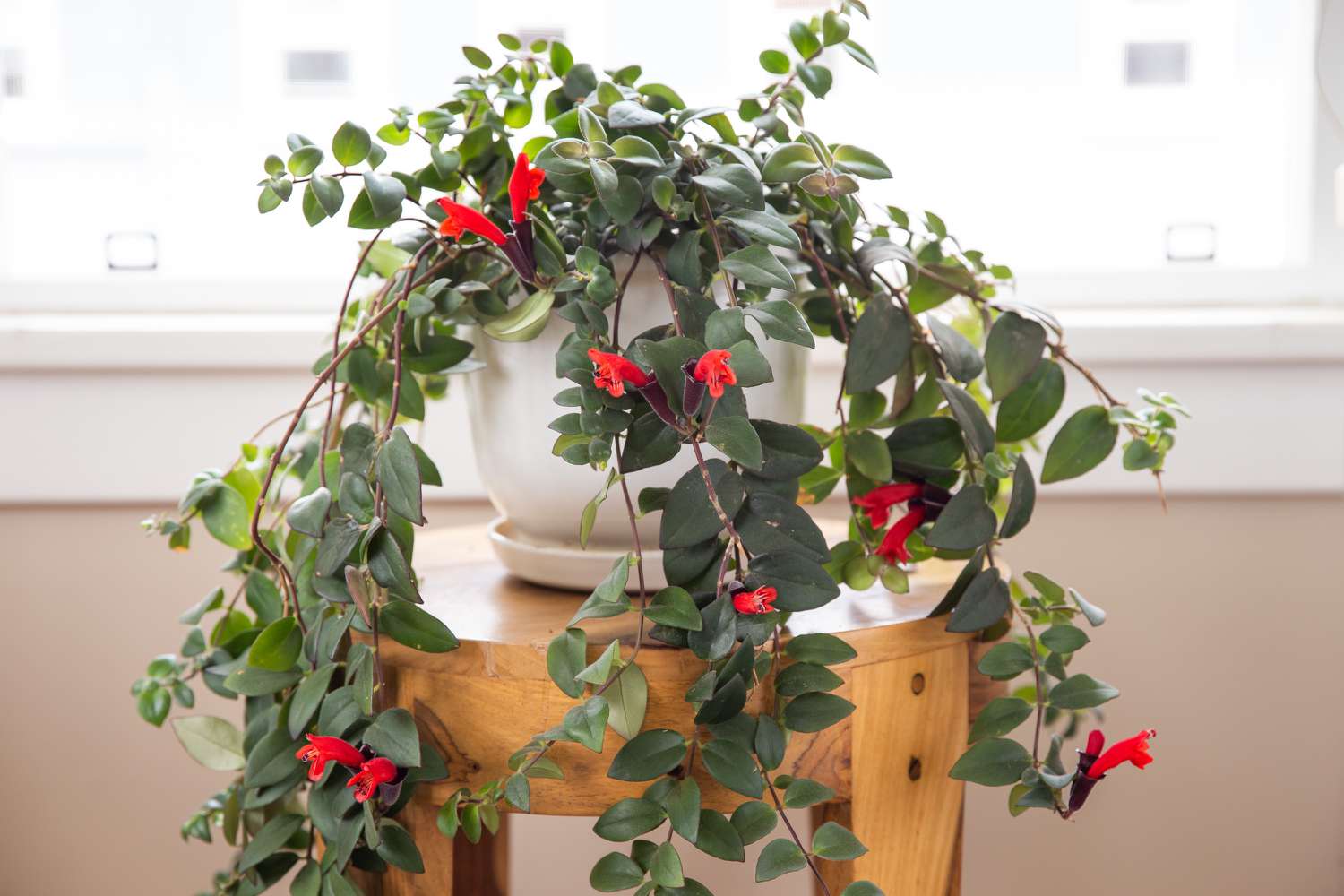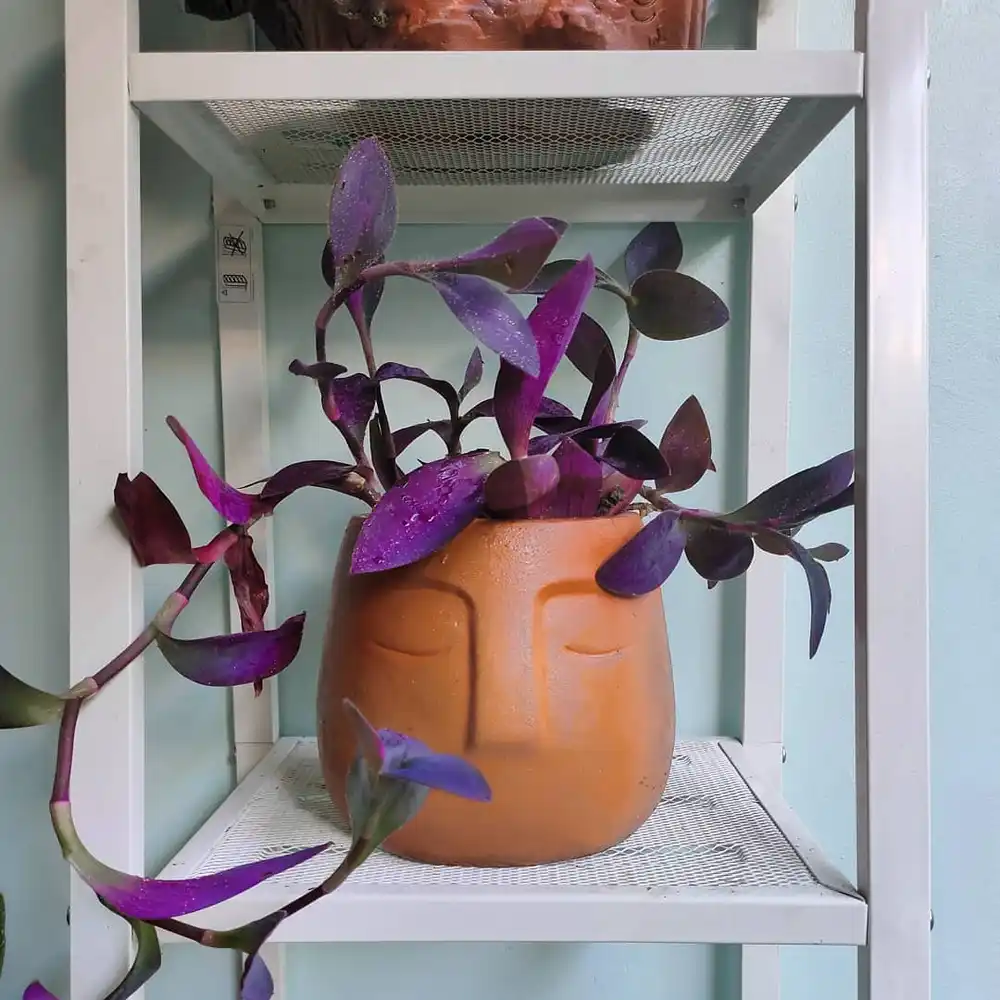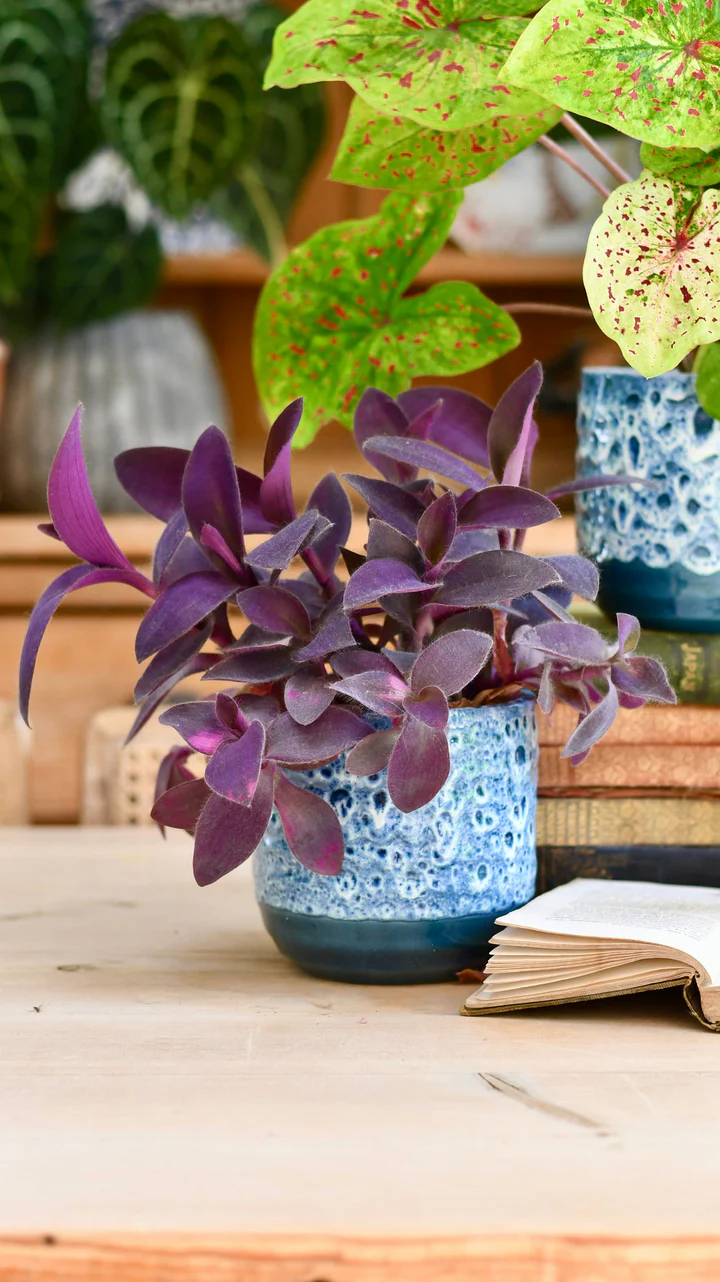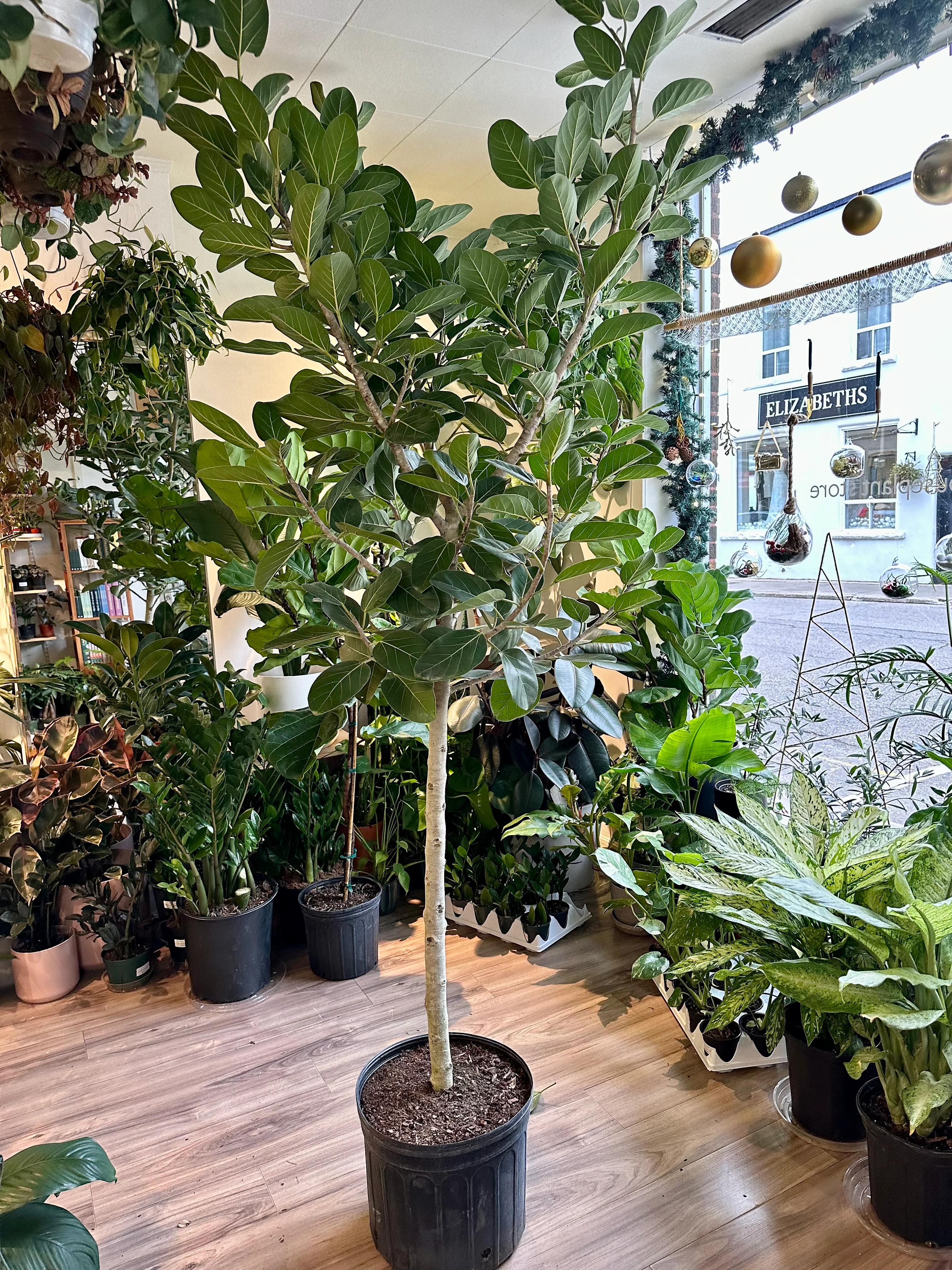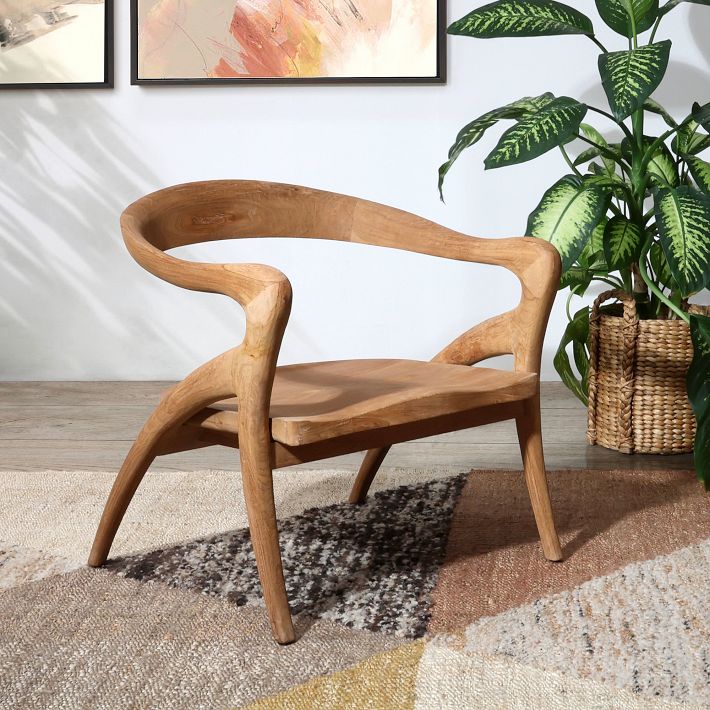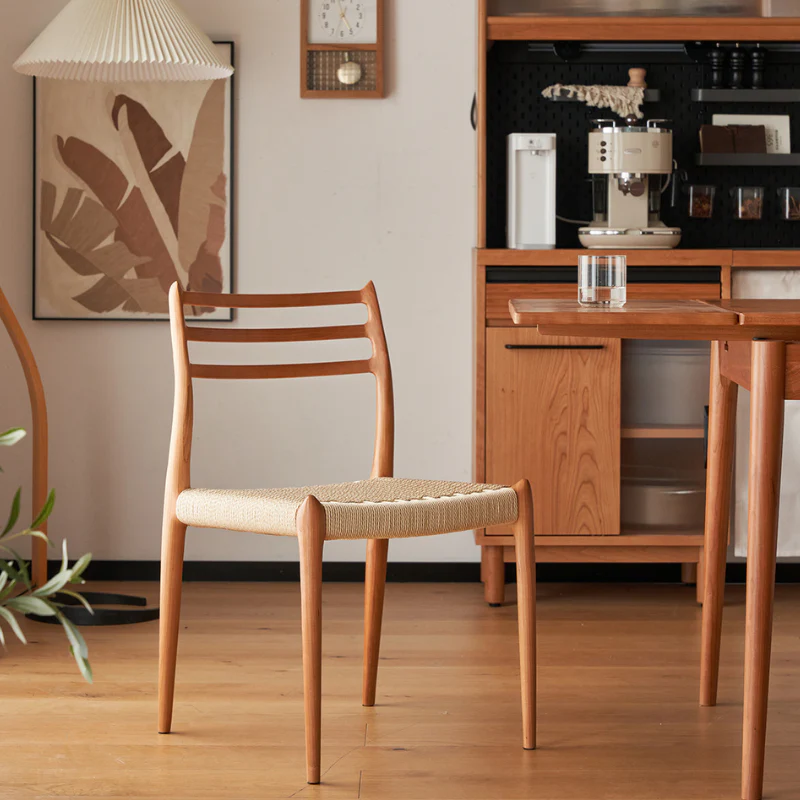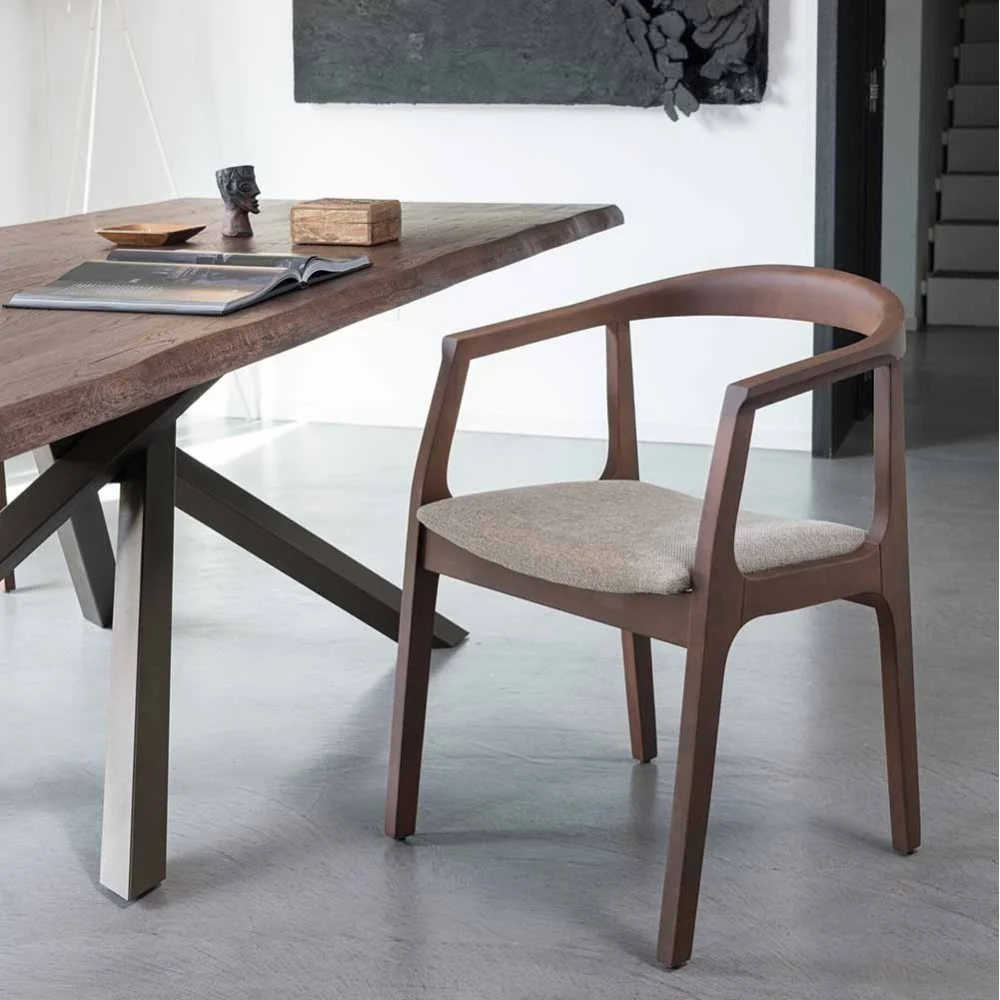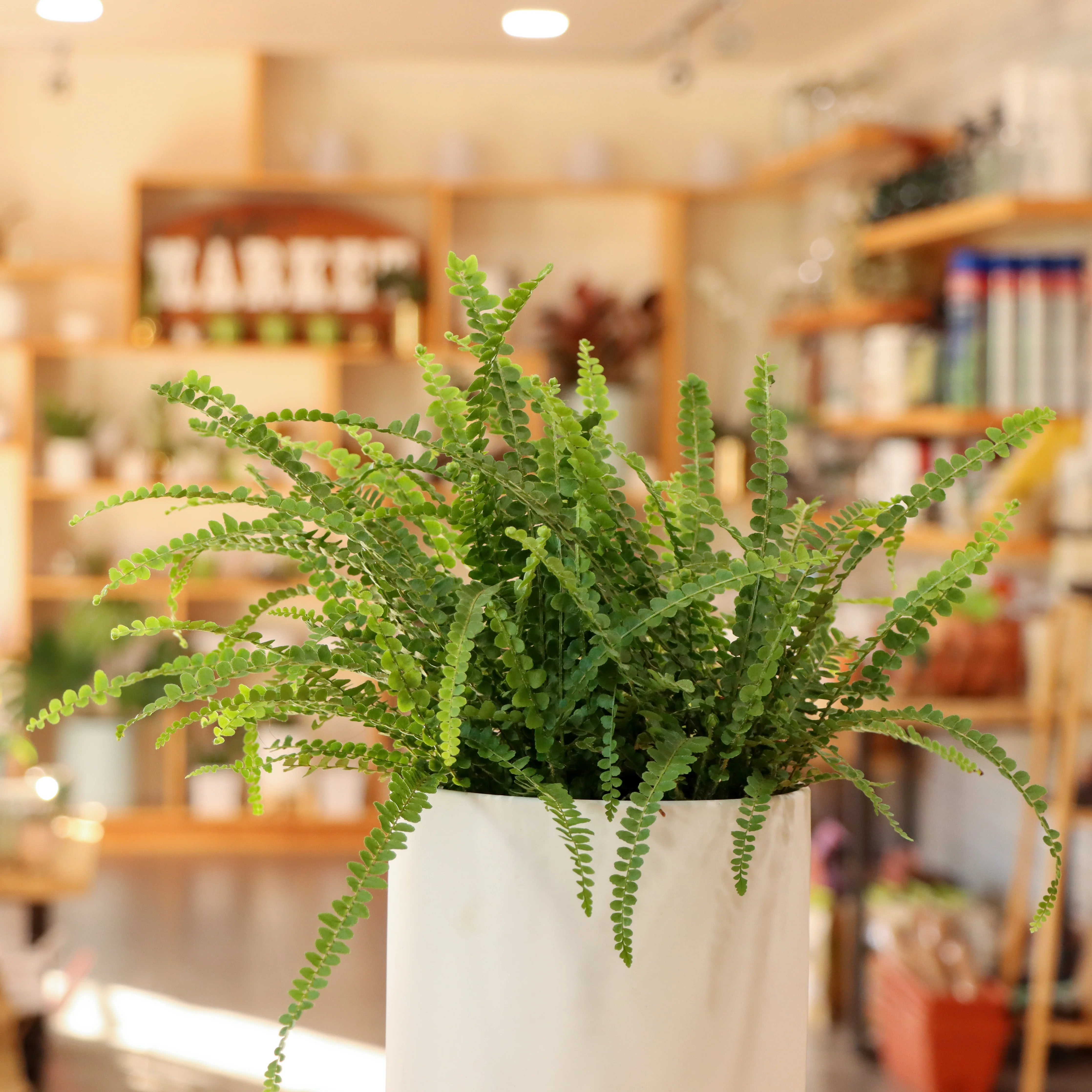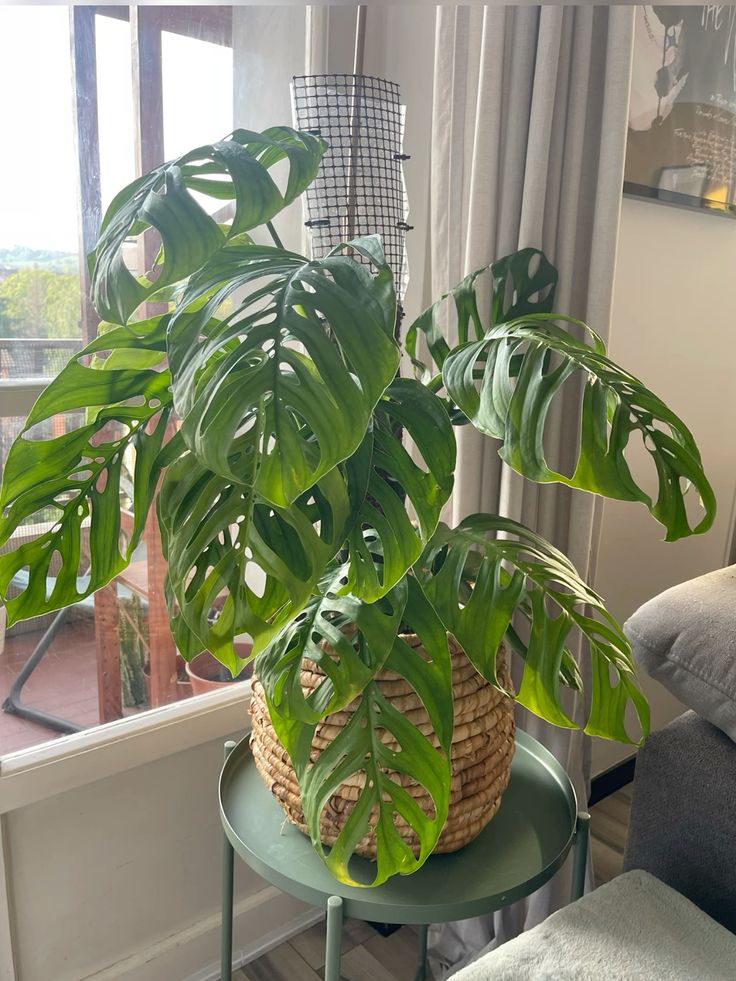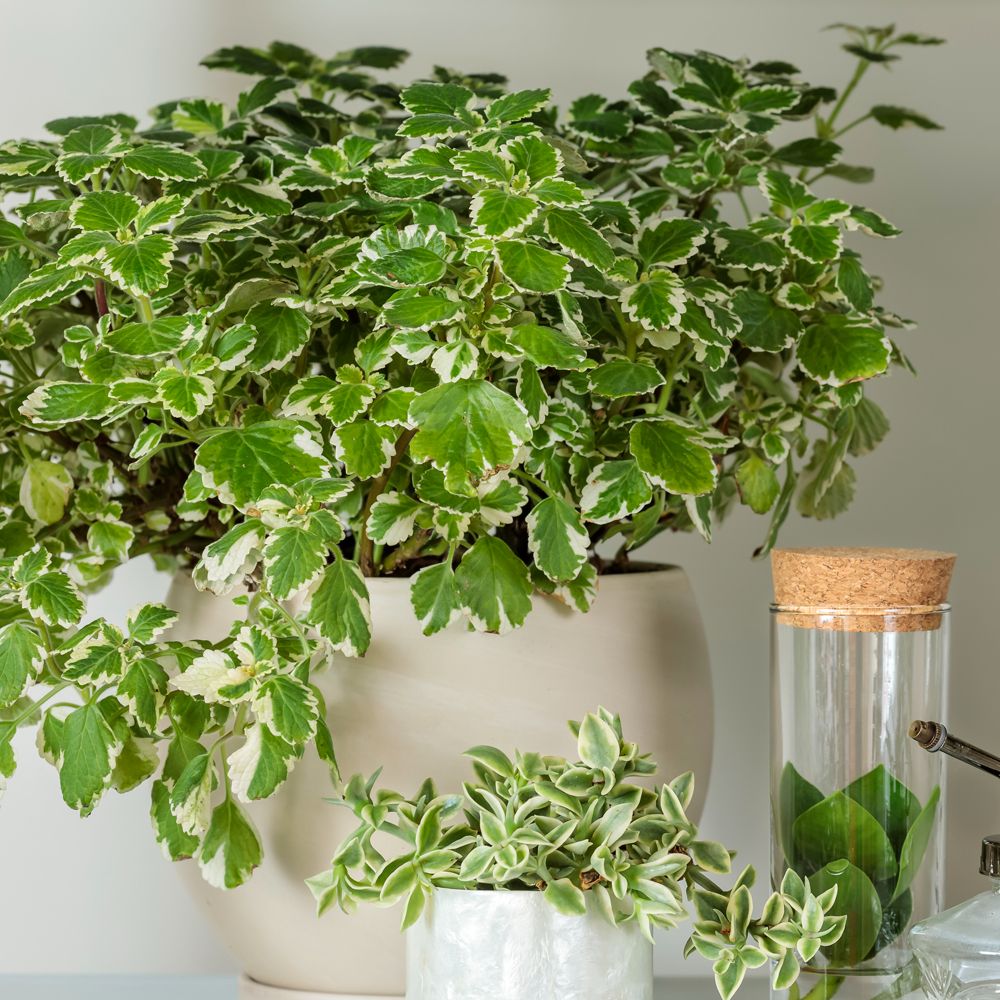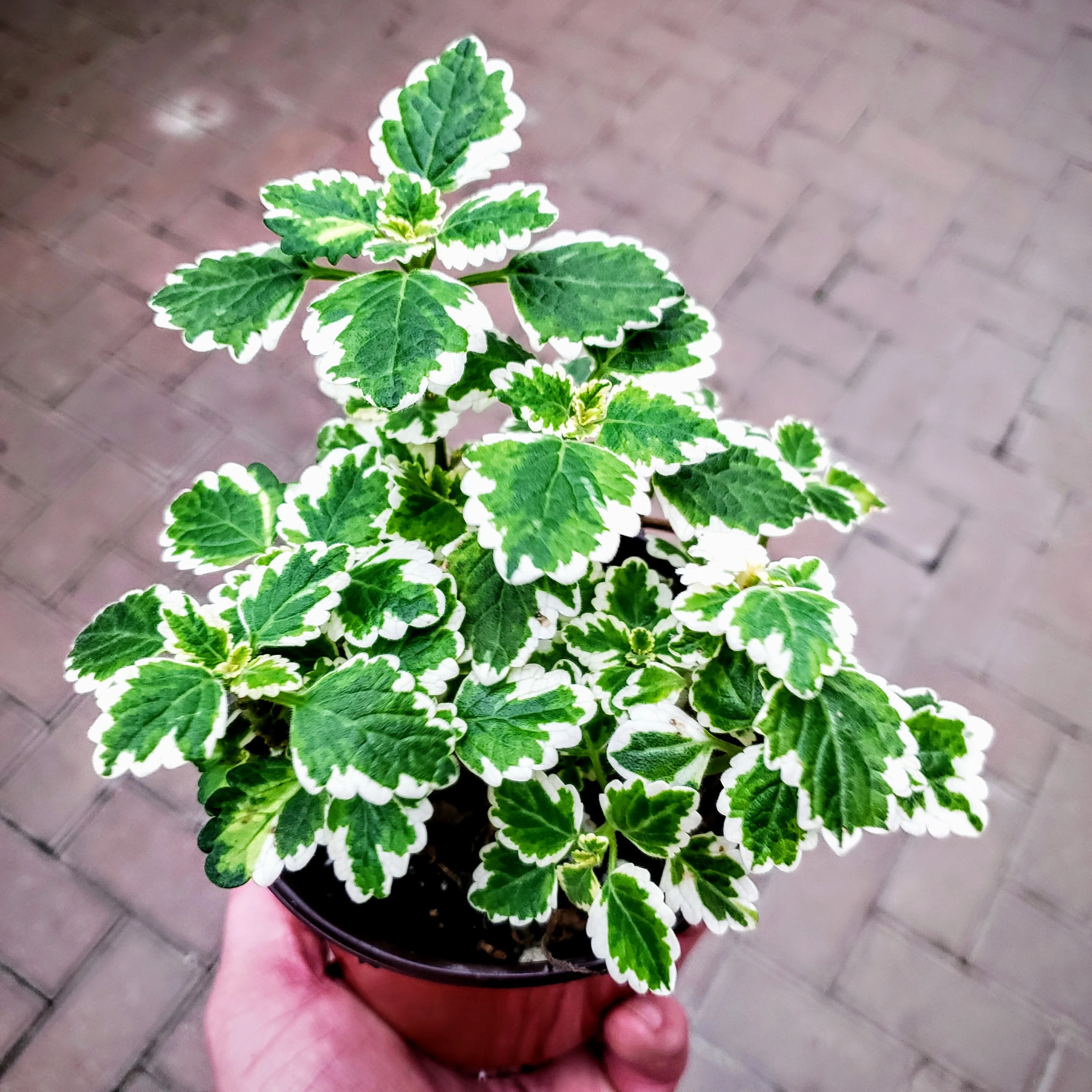Loading...
1/2
Caring for Money Tree: Tips for a Thriving Plant
The money tree, also known as the Malabar chestnut or Pachira aquatica, is a popular indoor plant believed to bring good luck and fortune. Whether you're a plant enthusiast or someone who enjoys the aesthetic and symbolic value of this plant, proper care is essential for its health and longevity. Here are some key tips to help your money tree thrive.
Light Conditions
Money trees prefer bright, indirect light. Place them near a window where they can receive ample light without being exposed to direct sunlight, which can scorch their leaves. If natural light is limited, you can supplement it with artificial grow lights. The right light balance will help your money tree maintain its lush green foliage and vigorous growth.
Watering
Proper watering is crucial for the health of your money tree. Allow the top inch of soil to dry out between waterings to prevent over - watering, which can lead to root rot. When you do water, make sure to thoroughly soak the soil until water drains out of the bottom of the pot. It's important to use a pot with good drainage to avoid water stagnation. During the winter months, you can reduce watering frequency as the plant's growth slows down.
Soil and Fertilizer
Money trees thrive in well - drained, fertile soil. A standard potting mix can be used, but adding some perlite or sand can improve drainage. During the growing season (spring and summer), feed your money tree with a balanced, water - soluble fertilizer every 4 - 6 weeks. Reduce or stop fertilizing during the fall and winter when the plant's growth naturally slows.
Temperature and Humidity
Money trees prefer temperatures between 60 - 75 °F (15 - 24 °C). They are sensitive to cold and should be kept away from drafts, air conditioning vents, and heat sources. These plants also appreciate moderate humidity. If your home is dry, especially during winter, you can increase humidity by placing a tray of water near the plant or using a humidifier.
#MoneyTreeCare #IndoorPlants #GoodLuckPlant
16 जून
 कोई टिप्पणी नहीं
कोई टिप्पणी नहीं



